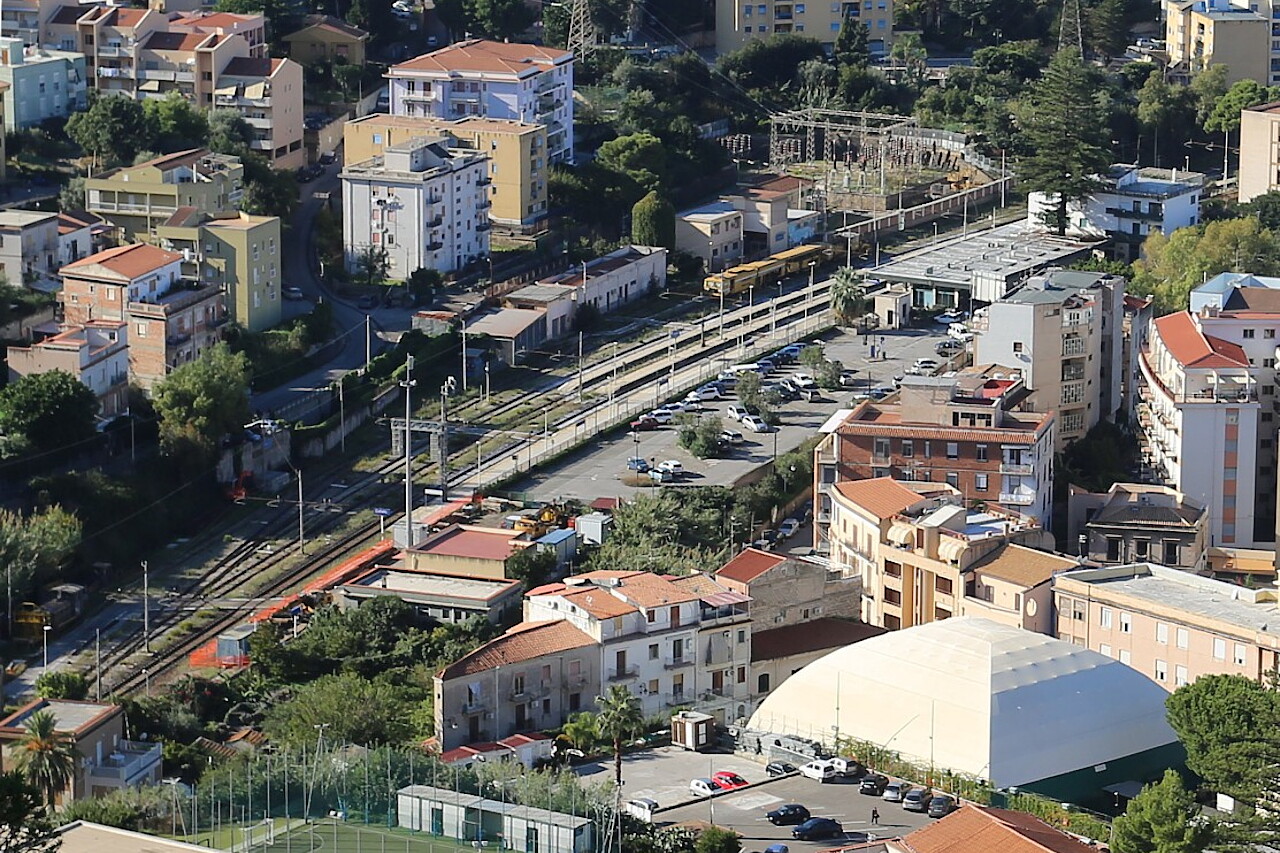Rocca di Cefalù Natural Park
The earliest evidence of human activity in Cefalu dates back to prehistoric times and includes several lines, the meaning of which remains a mystery, engraved on the walls of the grotto delle Giumente, located on the eastern side of the cliff. The ancient Greeks called this rock Kefaloidion: a cape in the shape of a head. Mythology says that the beautiful shepherd Daphnis, a Mediterranean deity who embodied the life force of nature and devoted himself to bucolic singing, not carnal love, was blinded by the nymph Akhnais in love with him, in a fit of jealousy and vindictive rage. Eventually, Daphnis allowed himself to die and then turned into a Rock Cefalu, created by the goddess Aphrodite. Another charming legend tells us that Hercules, touched by the enchanting beauty of this place, decided to use his power to help its inhabitants level the land on which the settlement of Kefaloidion eventually arose, surrounded by an impressive system of fortifications, of which the Rock was a part. After the fall of the Roman Empire, the city was moved to the Rock to provide better protection from pirate raids, first Vandalsand then Saracens. The fortress walls, part of a powerful defensive barrier, and part of the settlement, where warehouses and furnaces are located, belong to the Byzantine period (VII-VIII centuries AD). In addition to the battlements on the slopes, rainwater collection systems, military barracks and the churches of St. Anne and St. Calogero - all this was part of the city on the cliff, which allowedresidents should protect themselves and enjoy self-sufficiency. Due to its natural inaccessibility, the Rock withstood a long siege laid by the Arabs, which, nevertheless, ended with the capitulation of the city in 857. Under the Bourbons, a military presence was placed on the Rock inthe area located there to protect the city, and this continued until the end of World War II. There is no evidence of a permanent human presence in the area since the 17th century. During the Second World War, this land was used as pastures and for growing wheat. In the 18th century, the Rock became an archaeological site popular among educated foreign travelers, such as the Frenchman Jean- Pierre of Wales: one of his tempera paintings depicting the temple of Diana is now in the Hermitage in St. Petersburg, Russia. In 1967, the Rock was included in the Local Strategic Plan and became an integral part of the historical center of the city, forming an indivisible urban area, subject to protection as a whole. In the period from 1983 to 1993 , architectural restoration was carried out under the supervision of Architect Salvatore Giardina and the archaeological excavations of Professor Amedeo Tullio. In 2002, the Legambiente Ecological Association proposed to include the Rock, the old town, the Norman Cathedral and the Tyrrhenian coast from Cape St. Luciato from Kalura is included in the UNESCO World Heritage List.
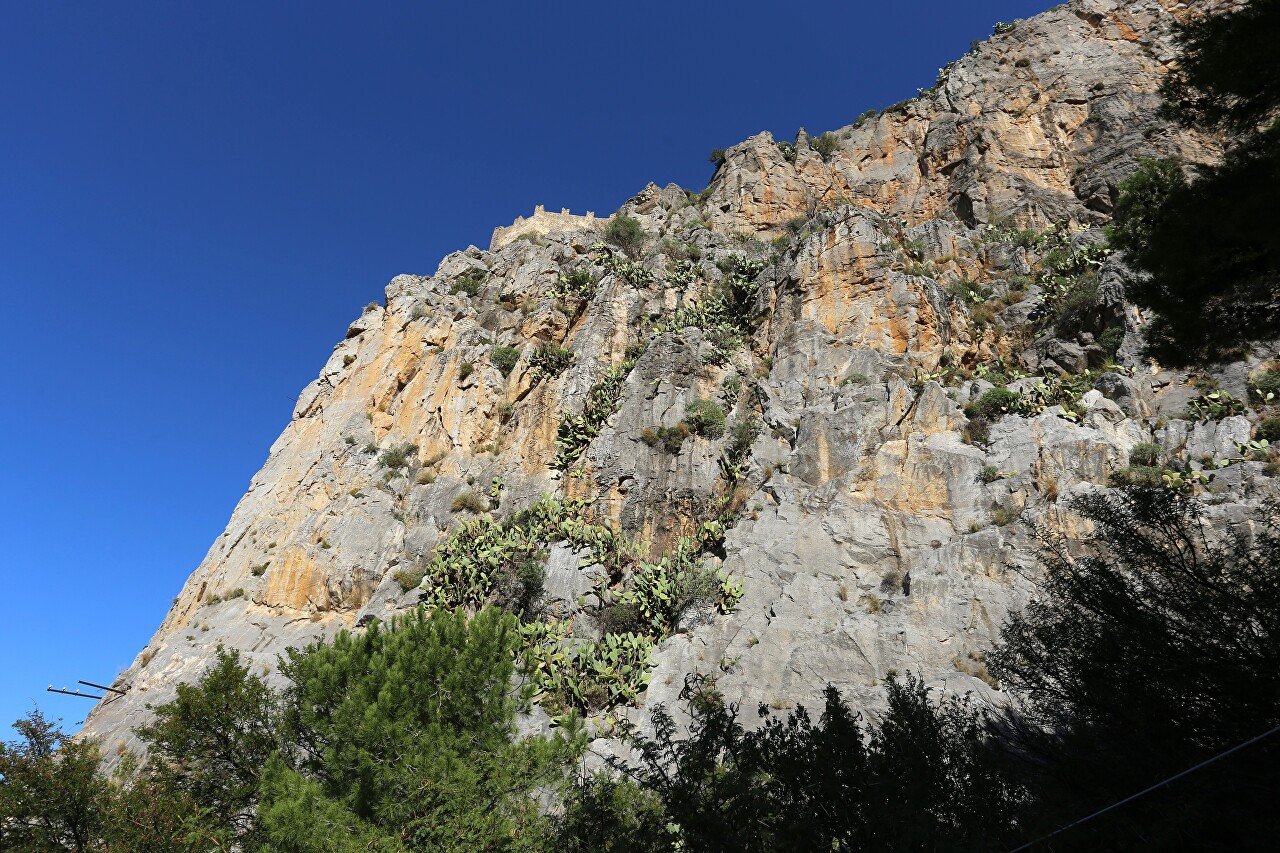
..
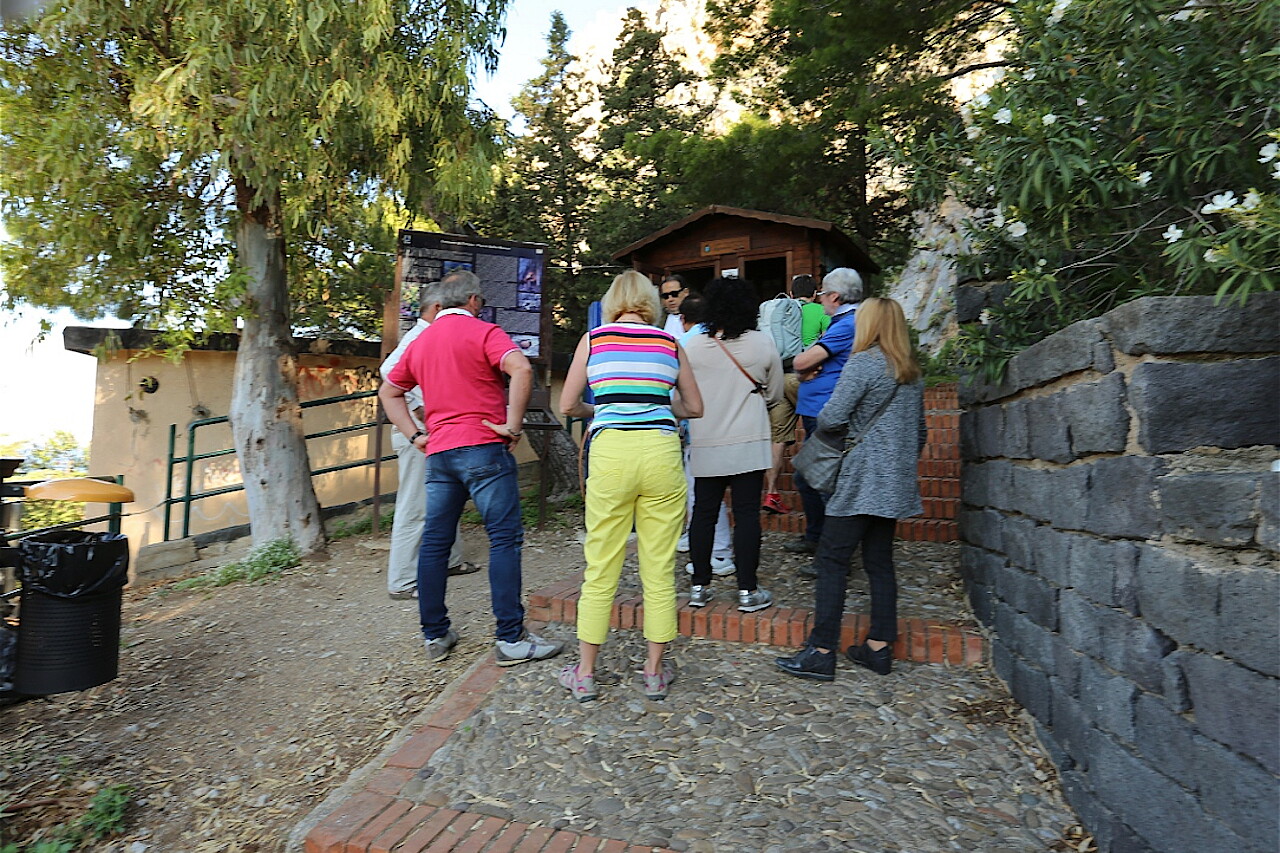
..
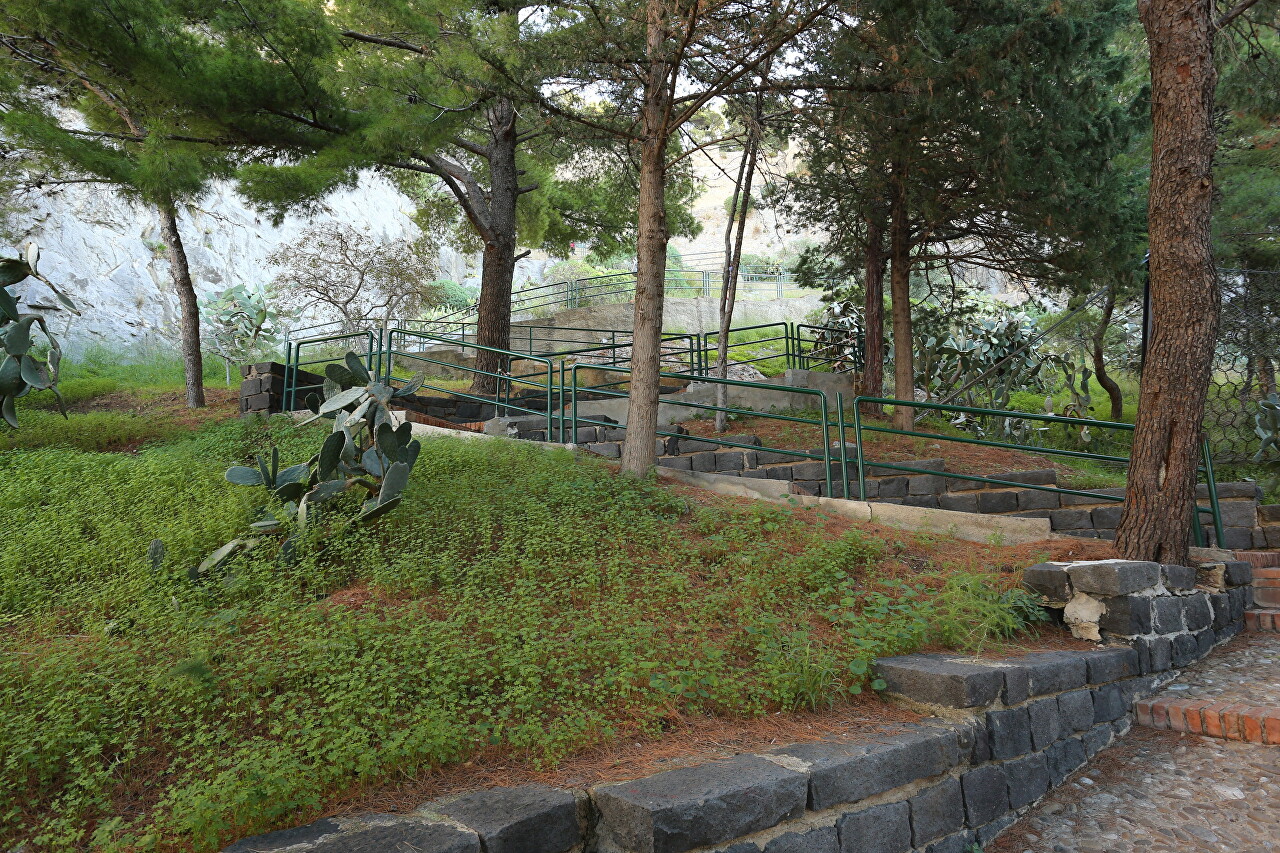
..
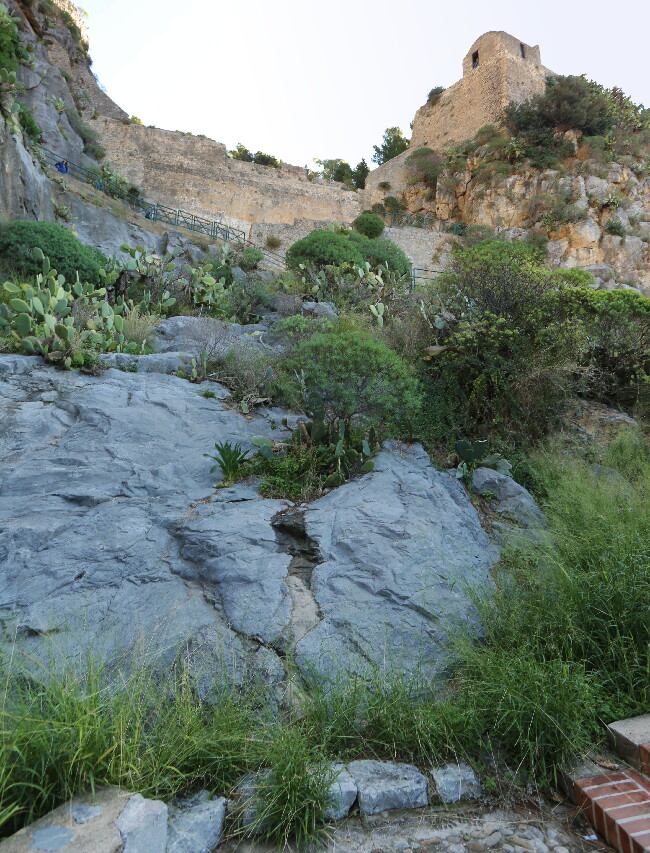
..
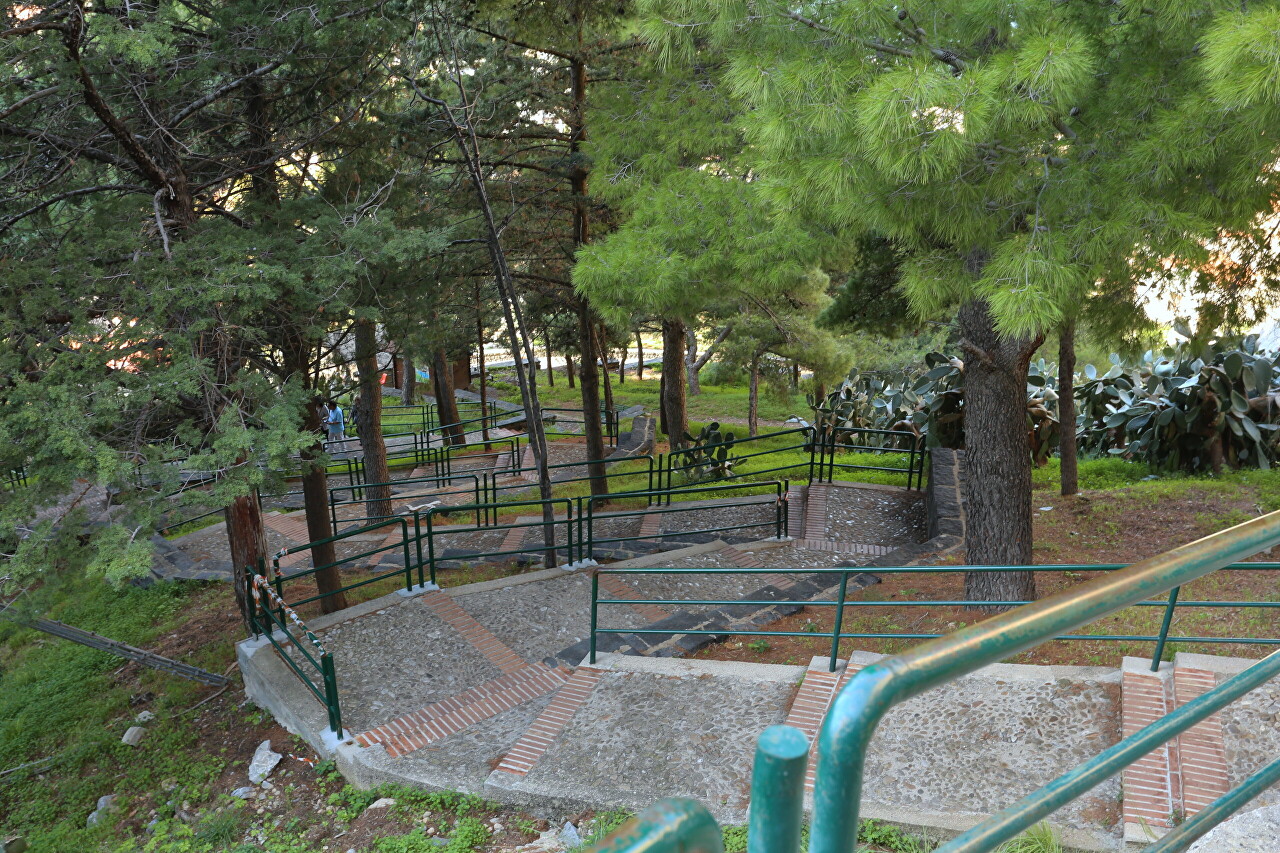
..

..
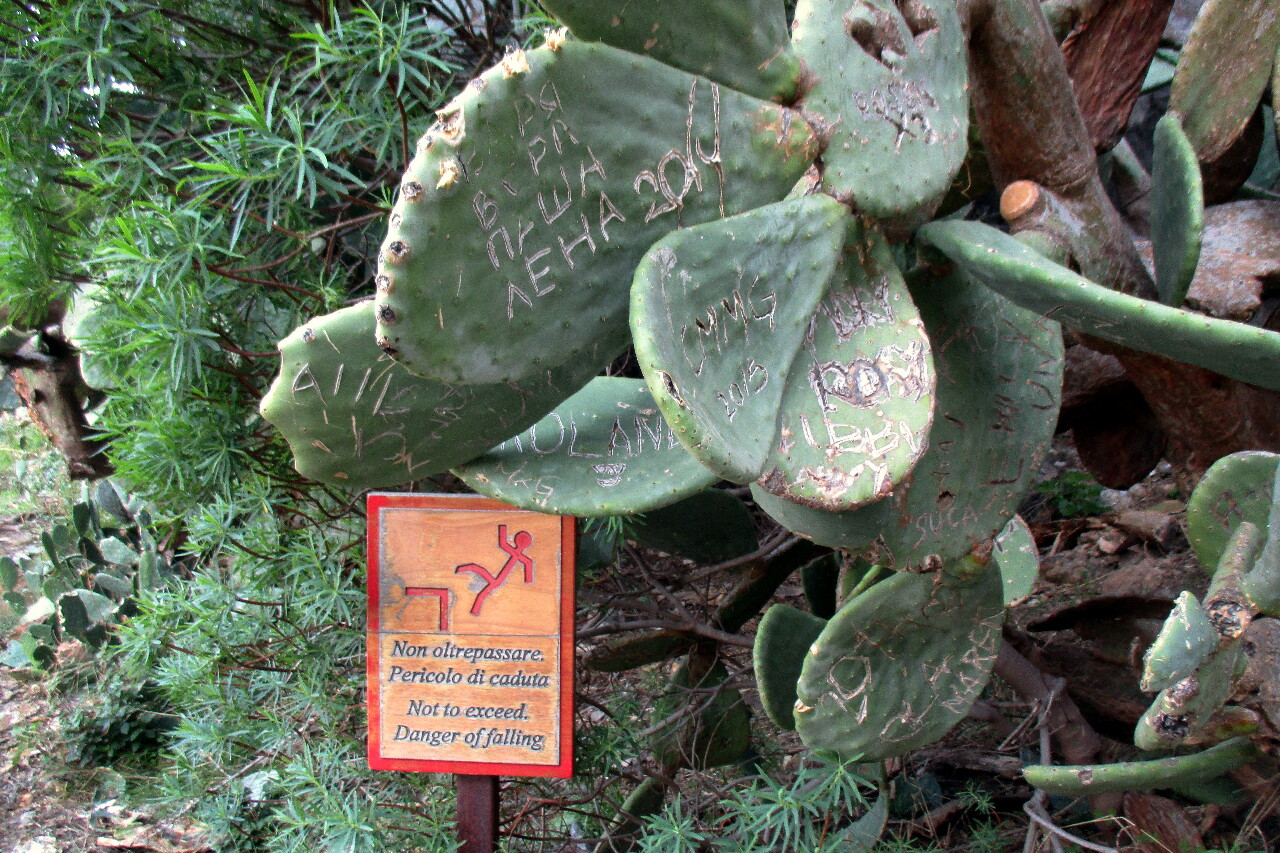
..
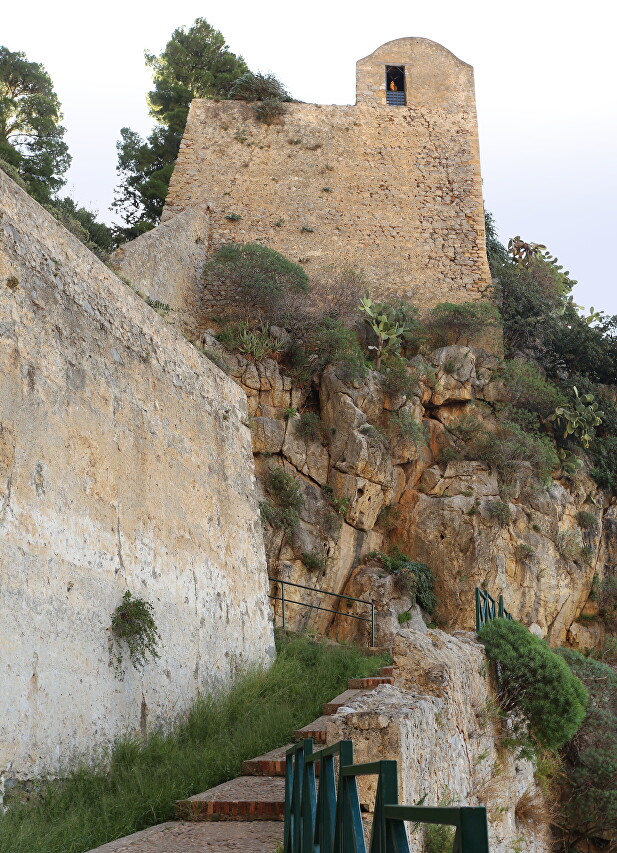
..
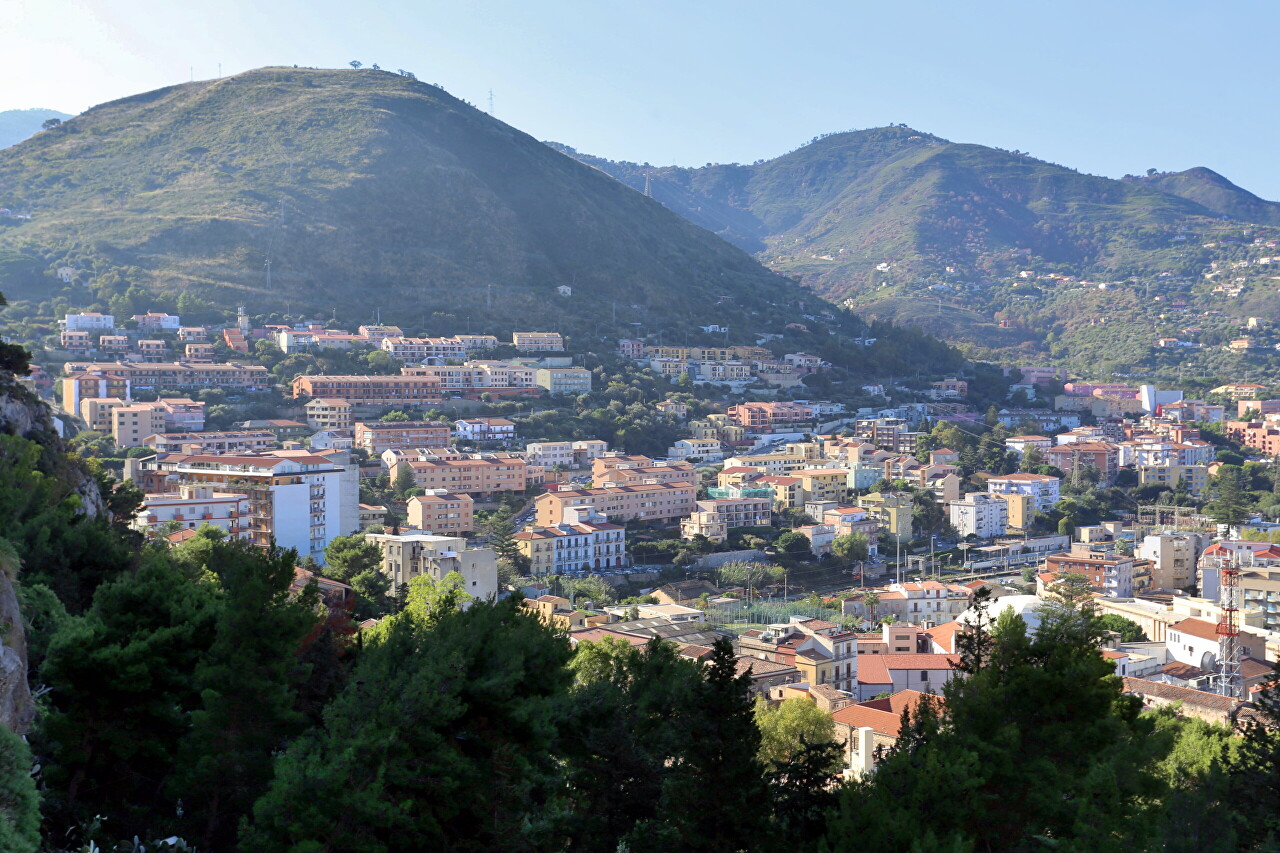
..
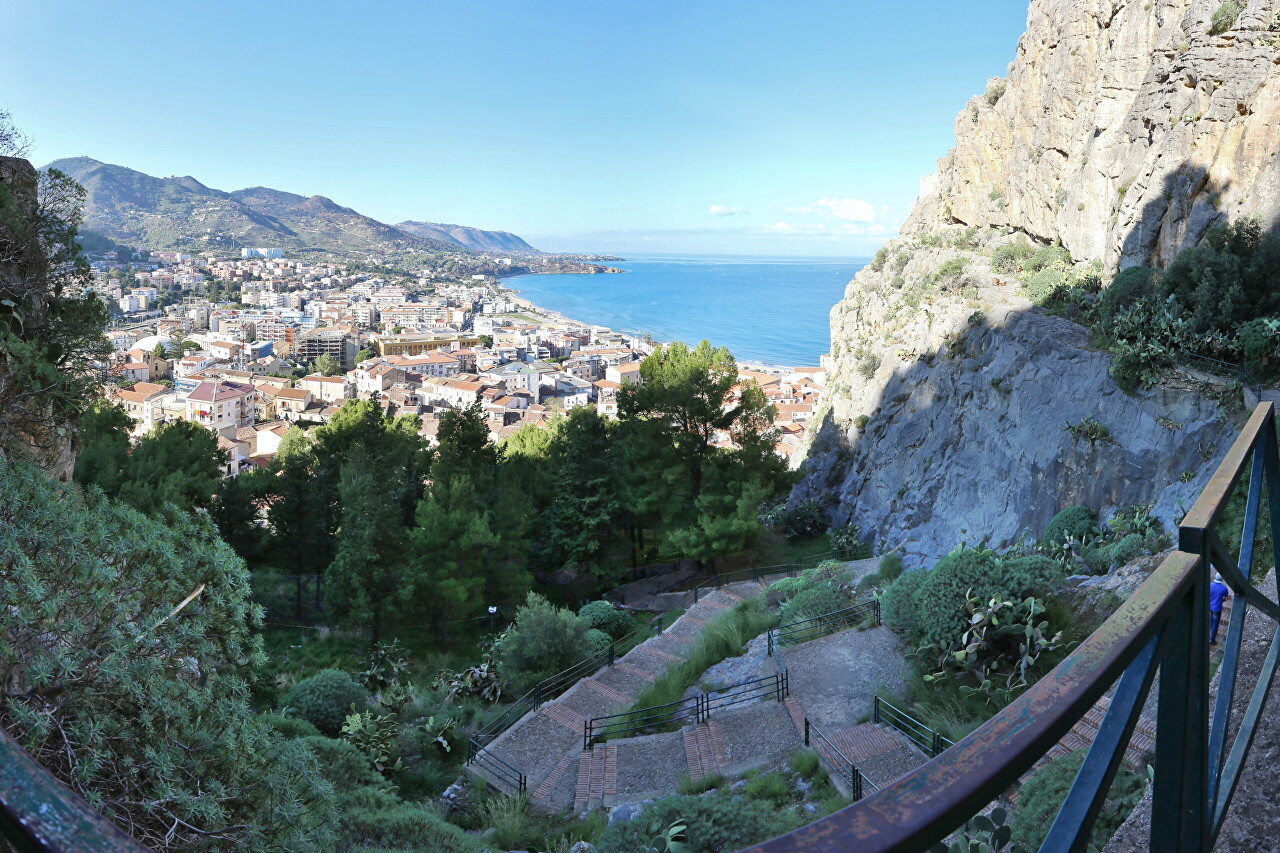
..
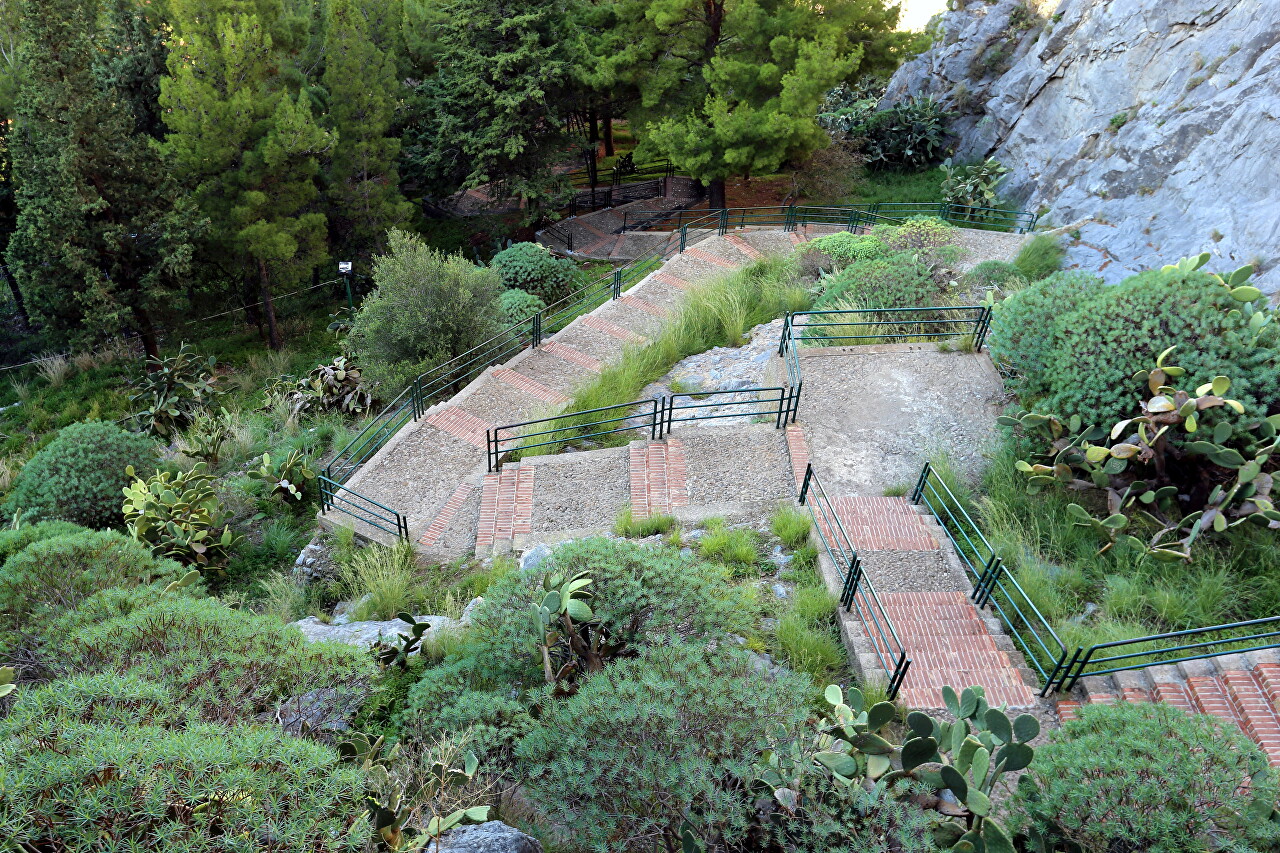
..
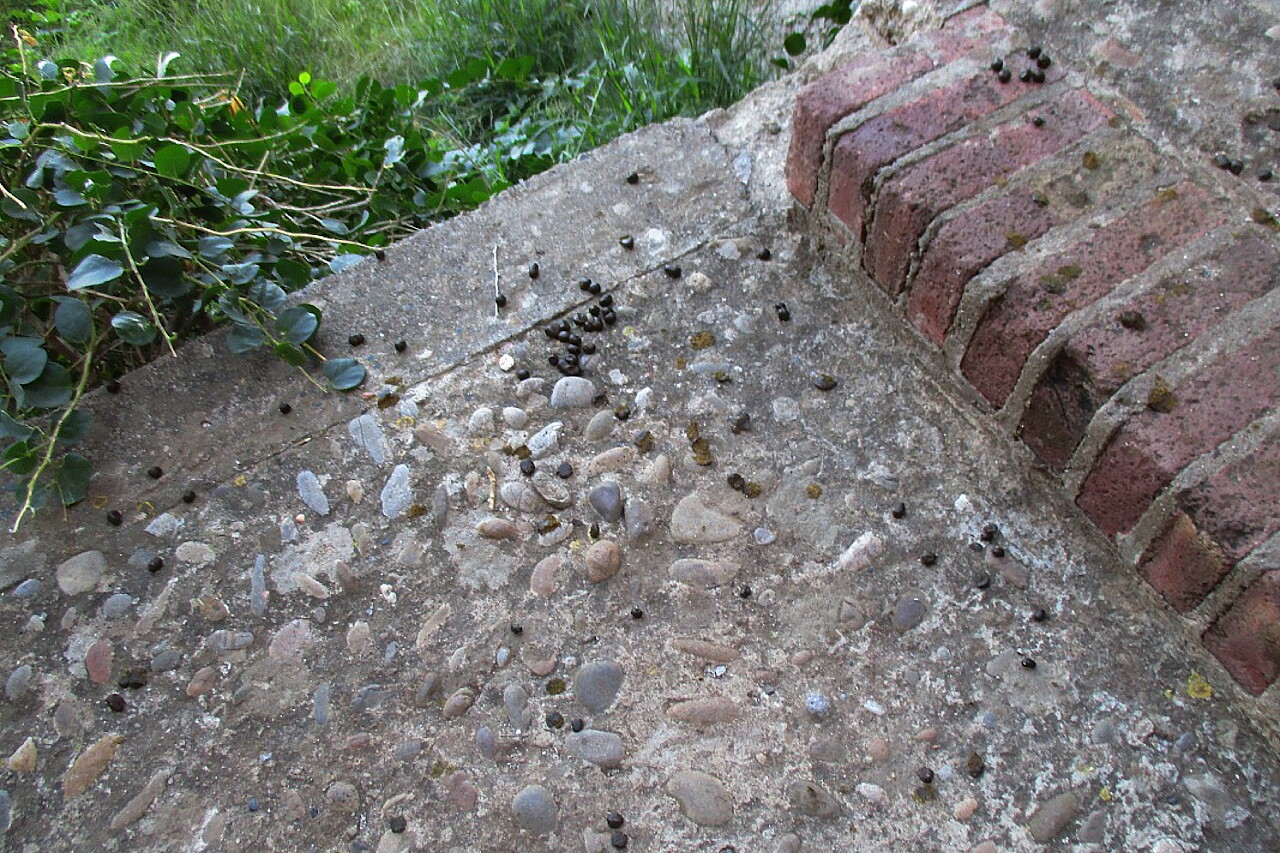
.Porta de Castello.
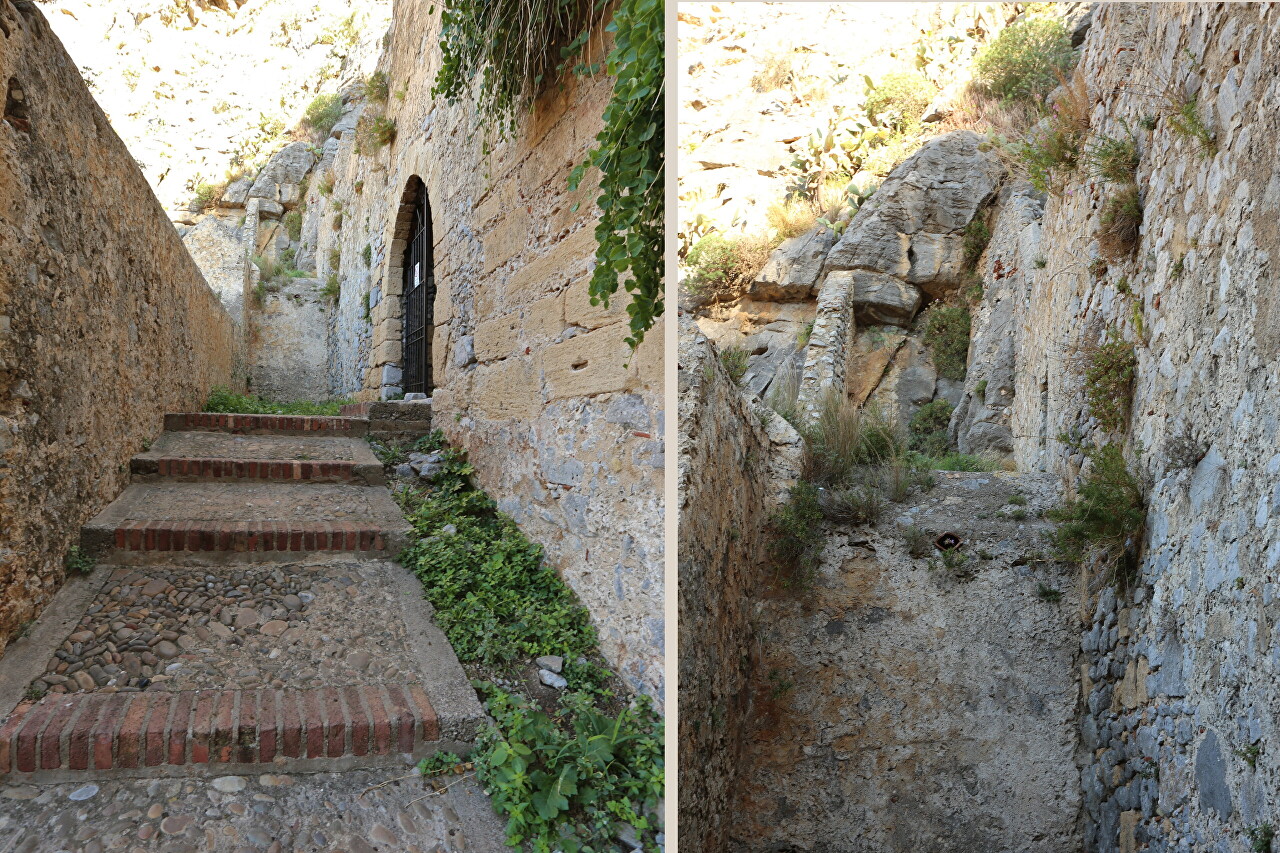
..
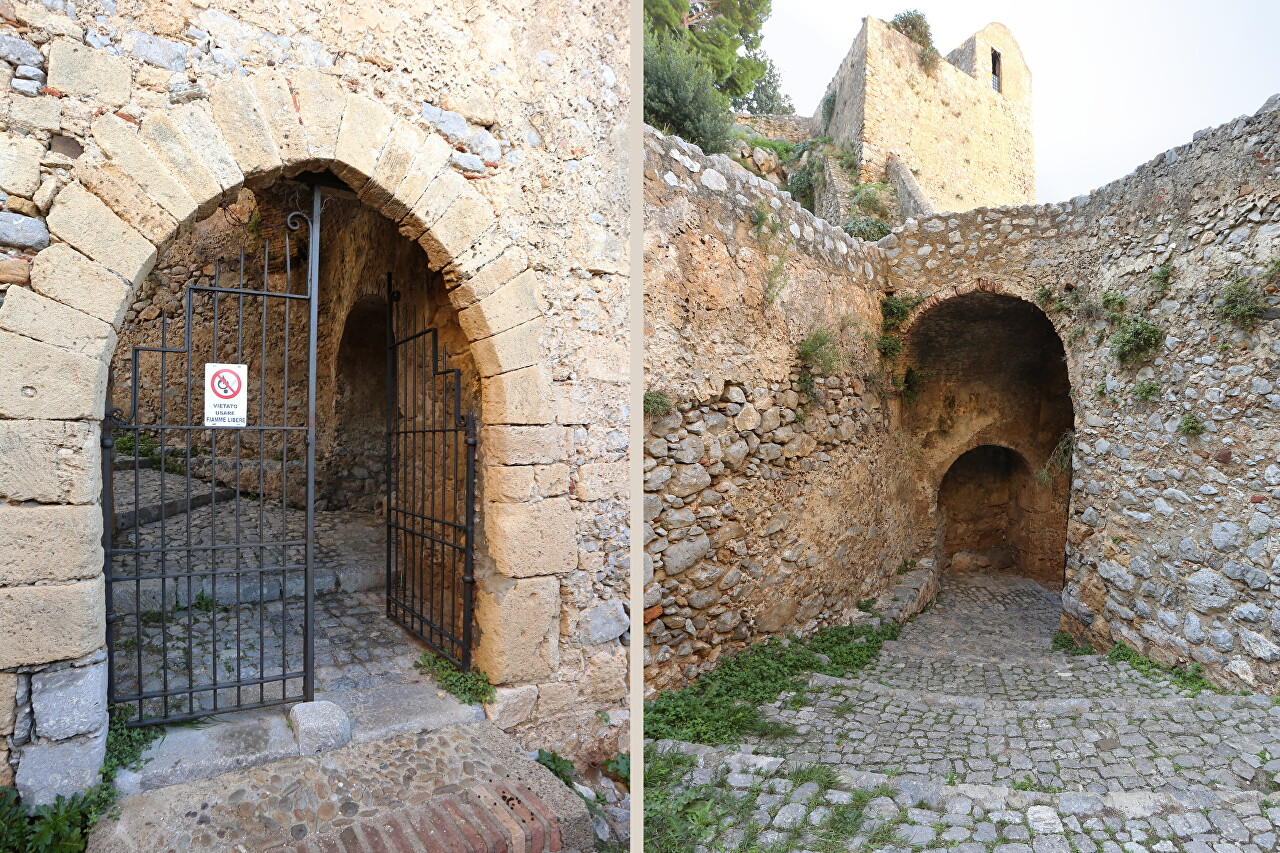
..

..
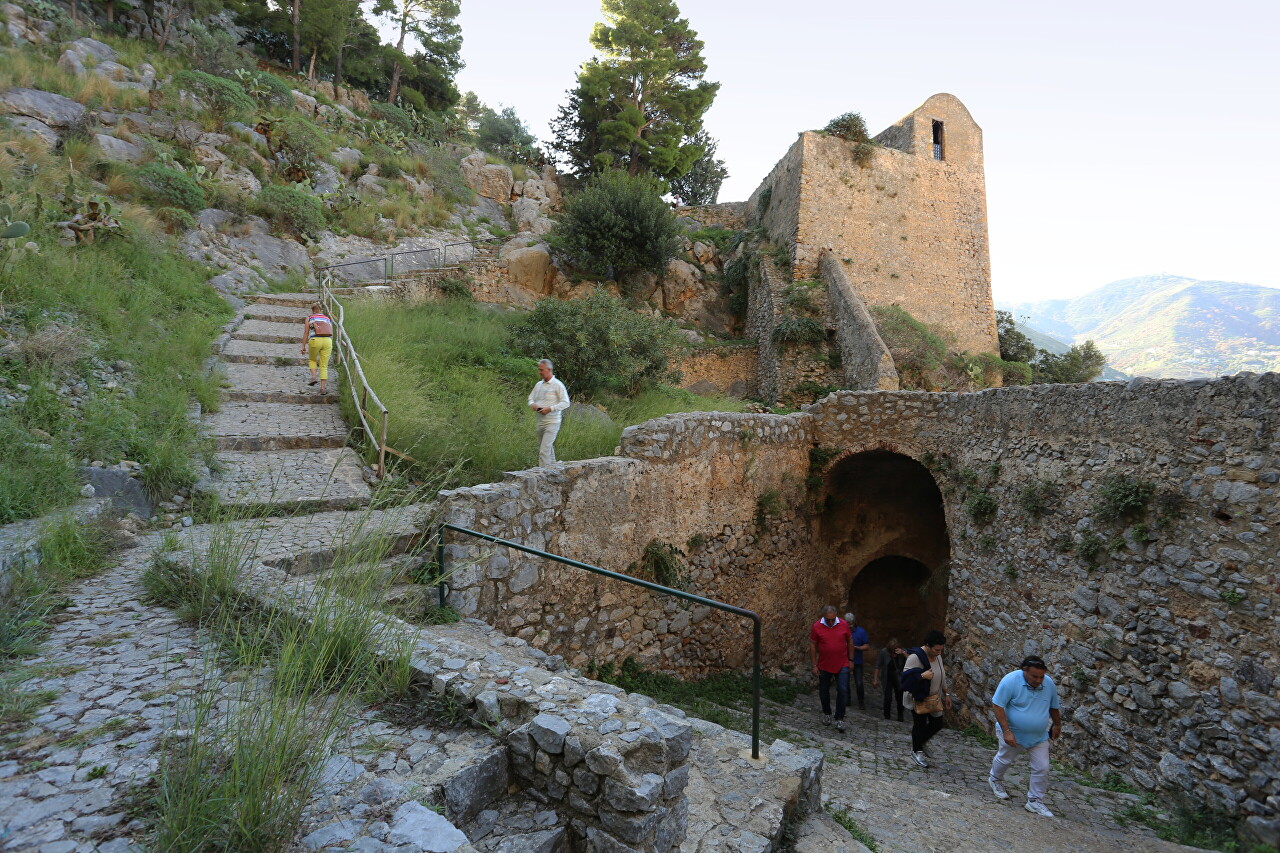
..
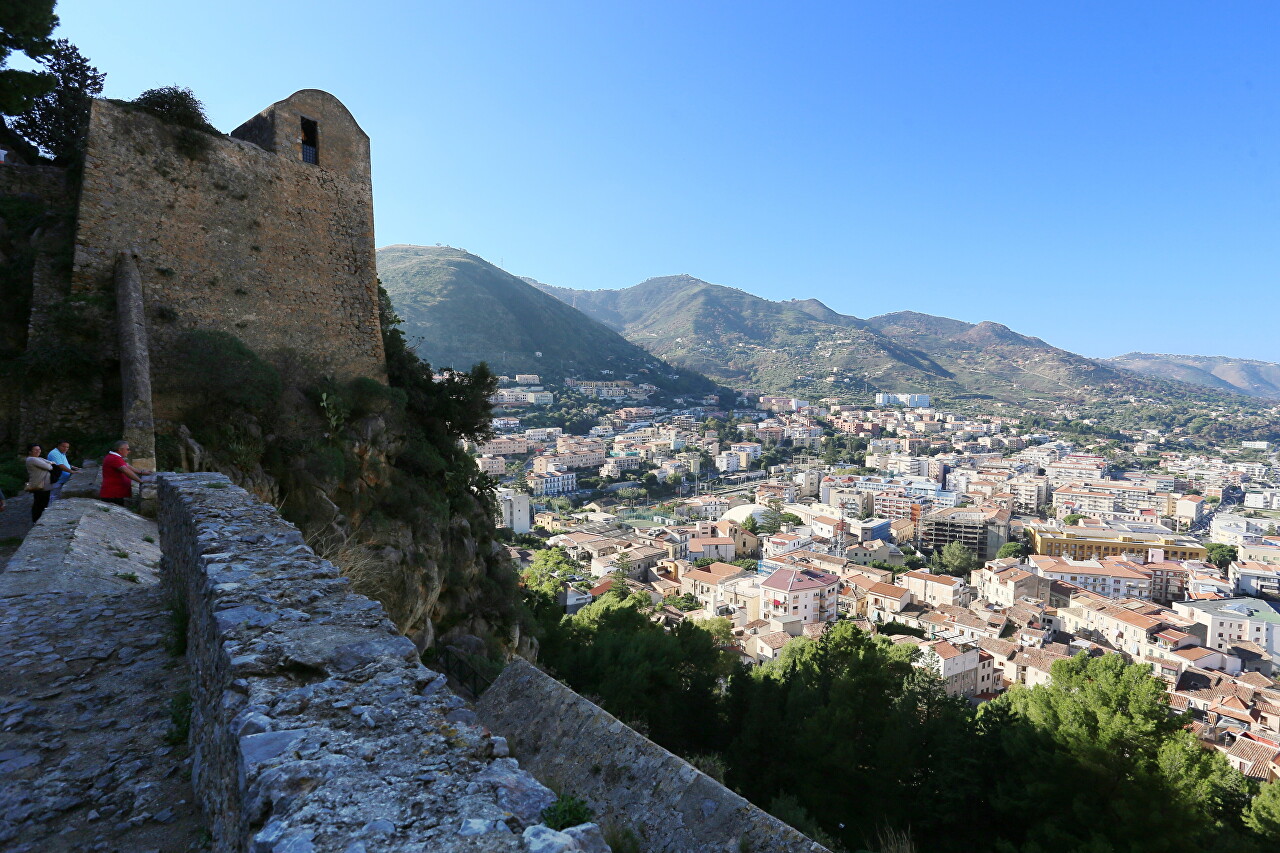
..
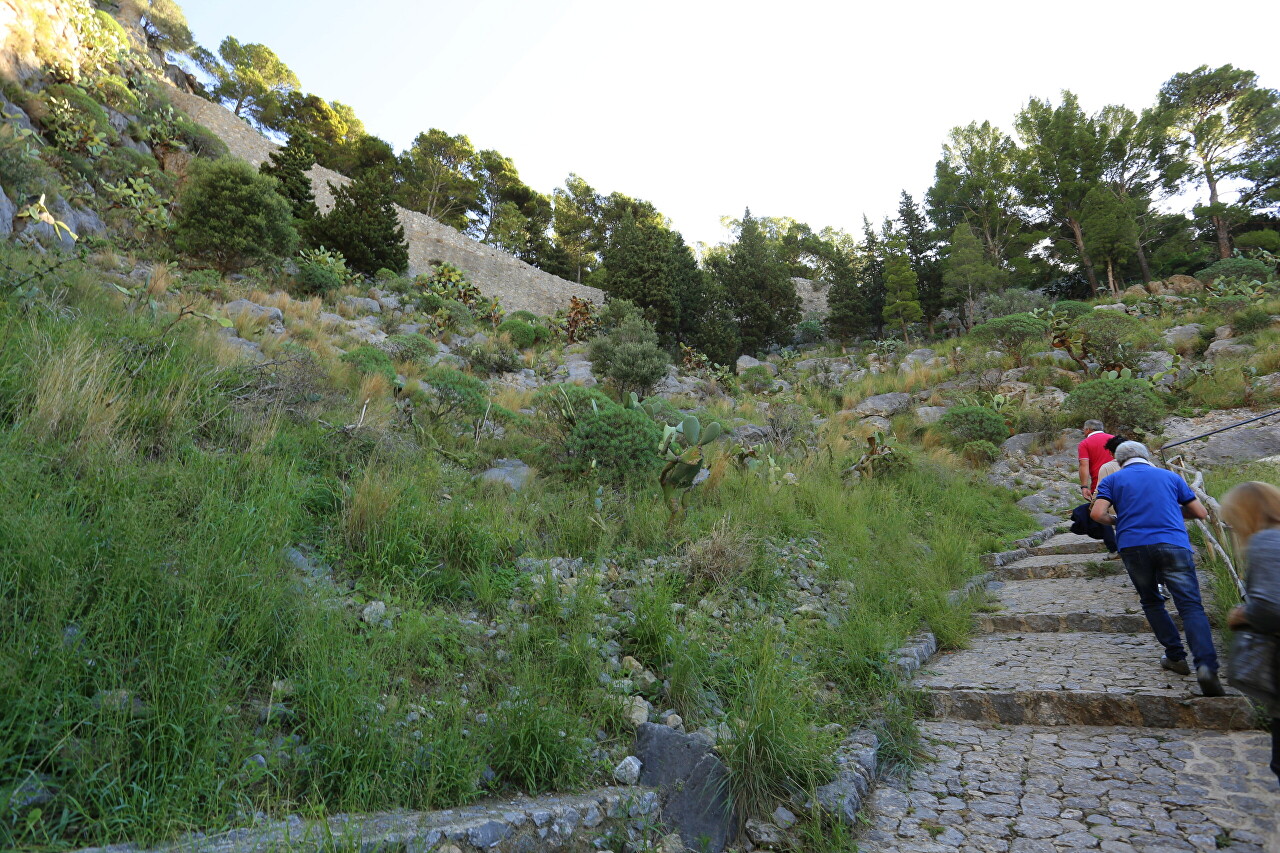
..
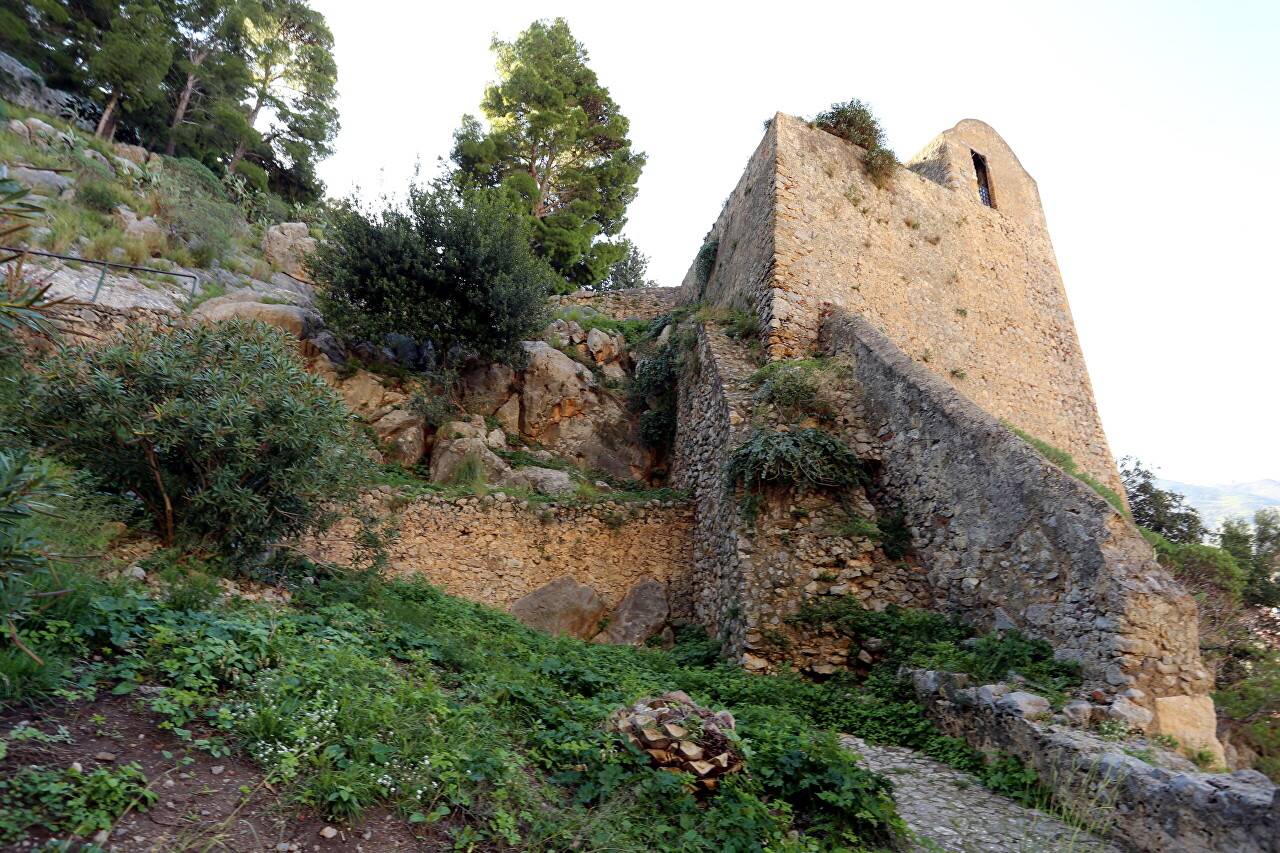
..
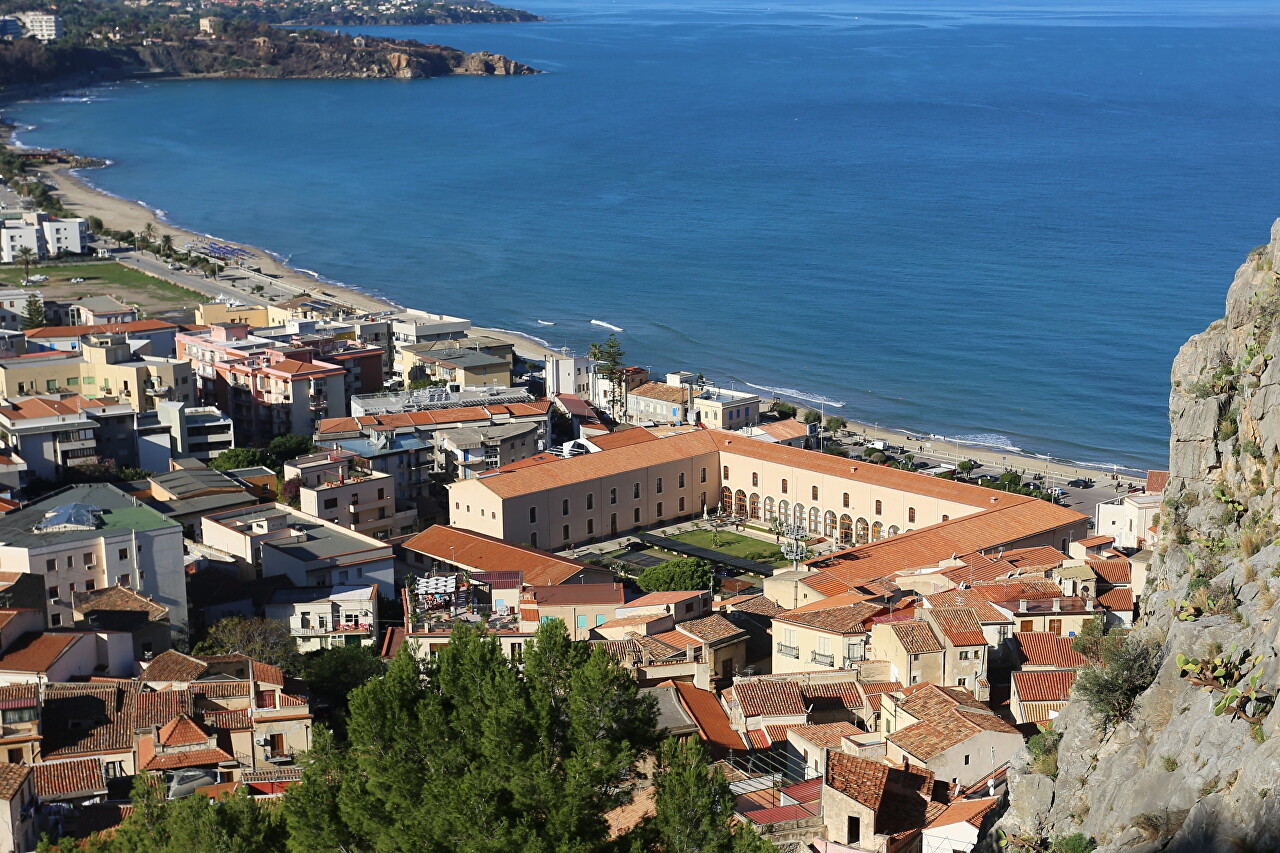
..
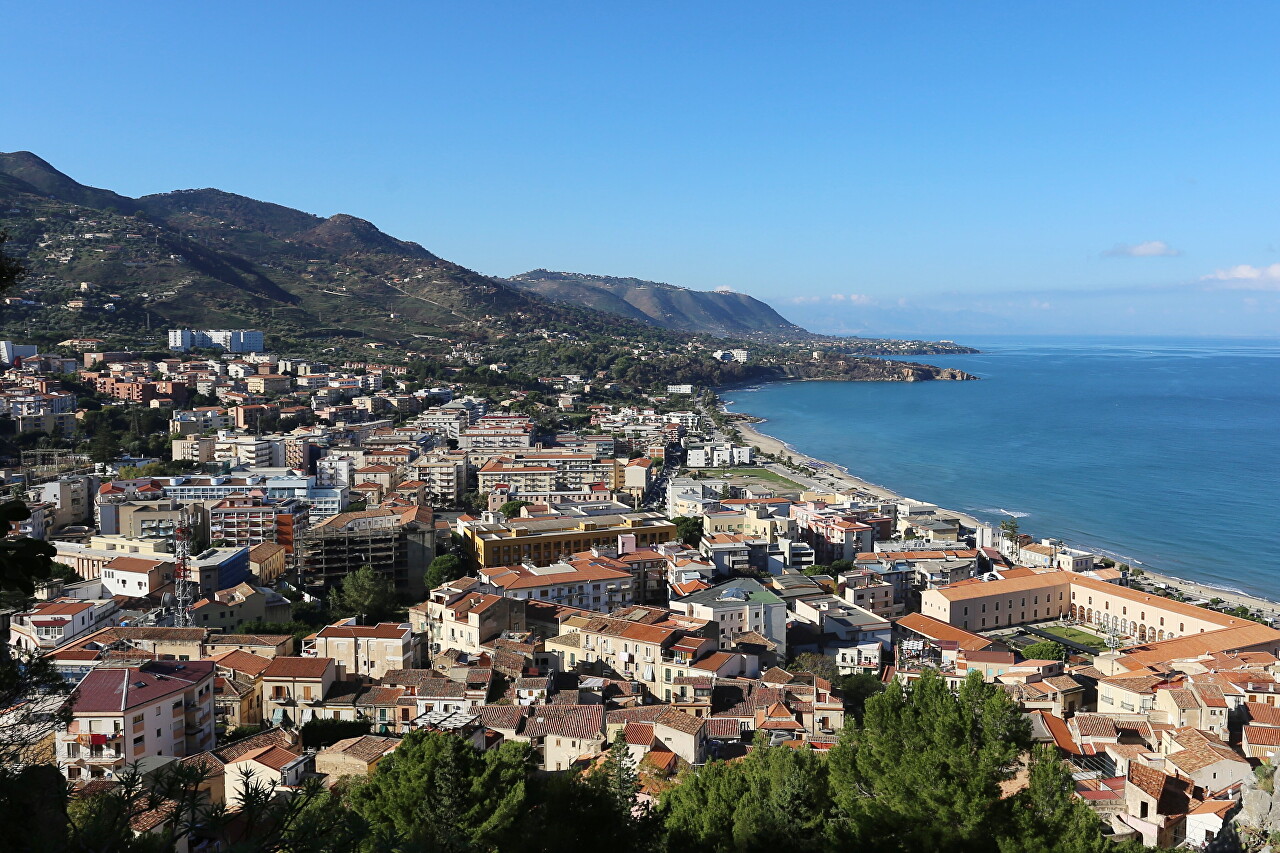
..
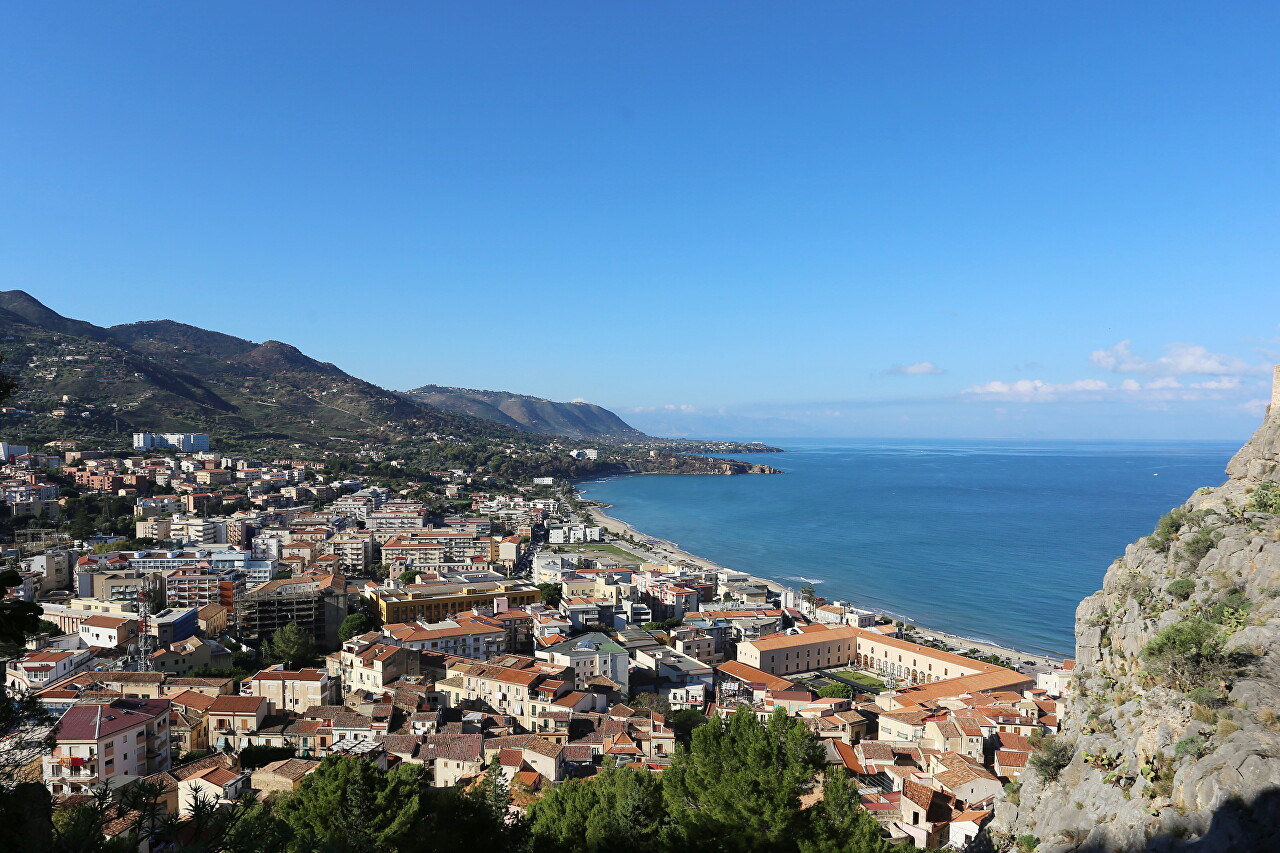
..
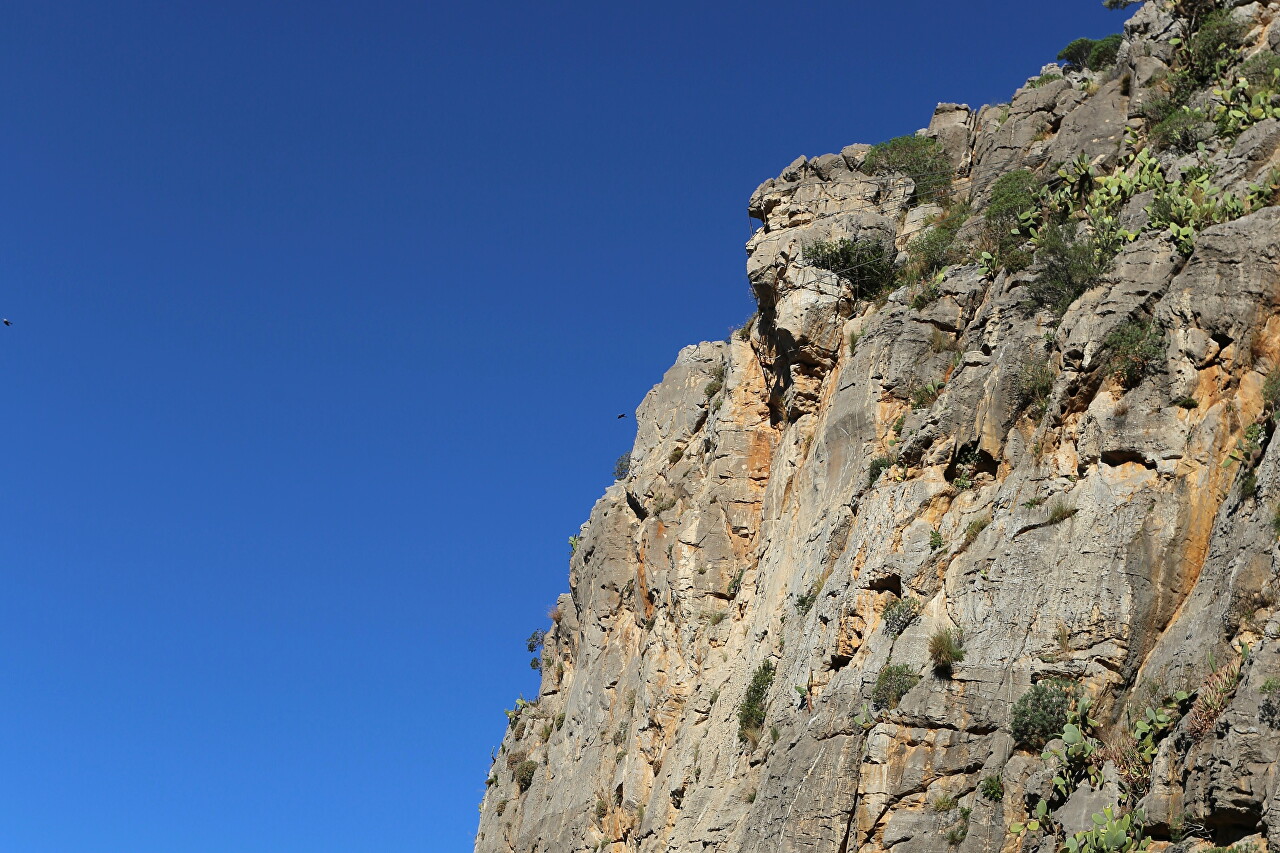
..
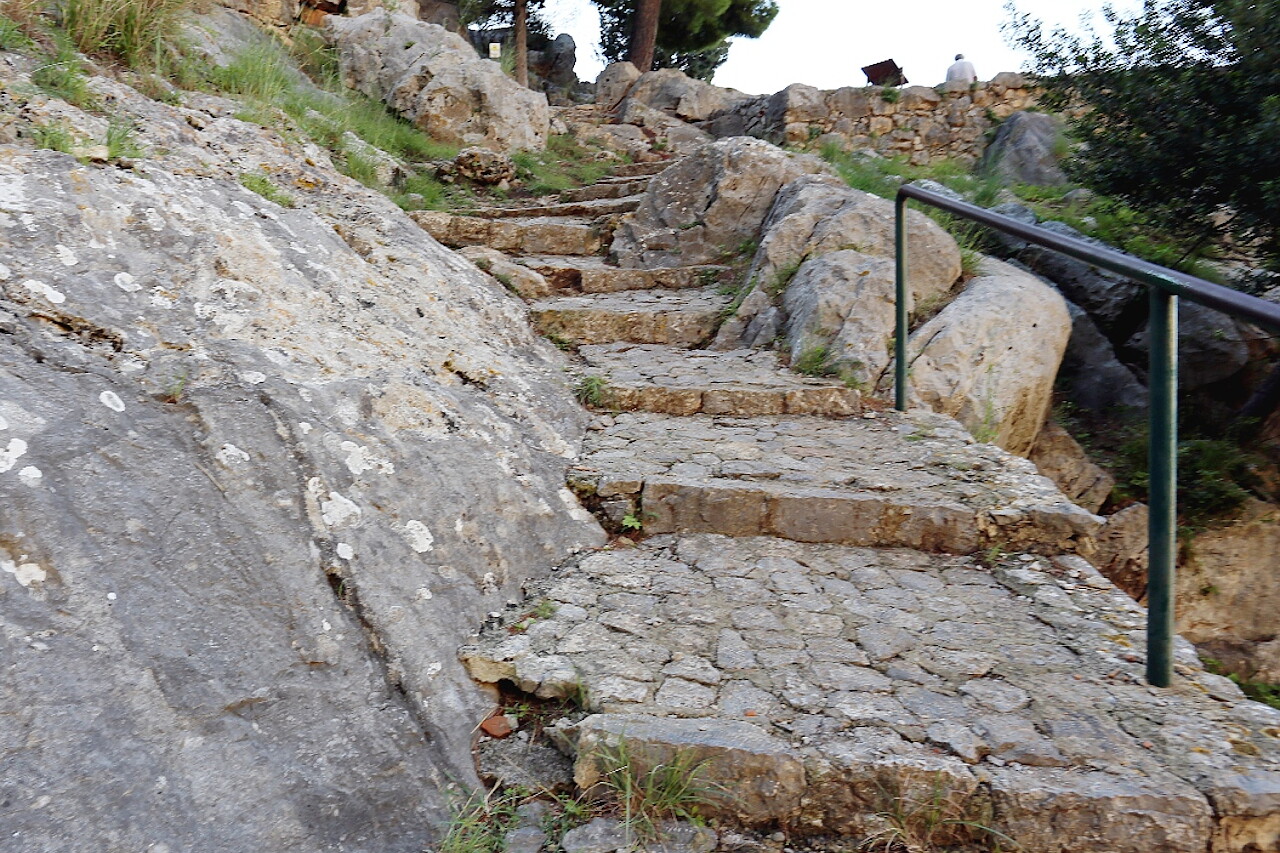
..
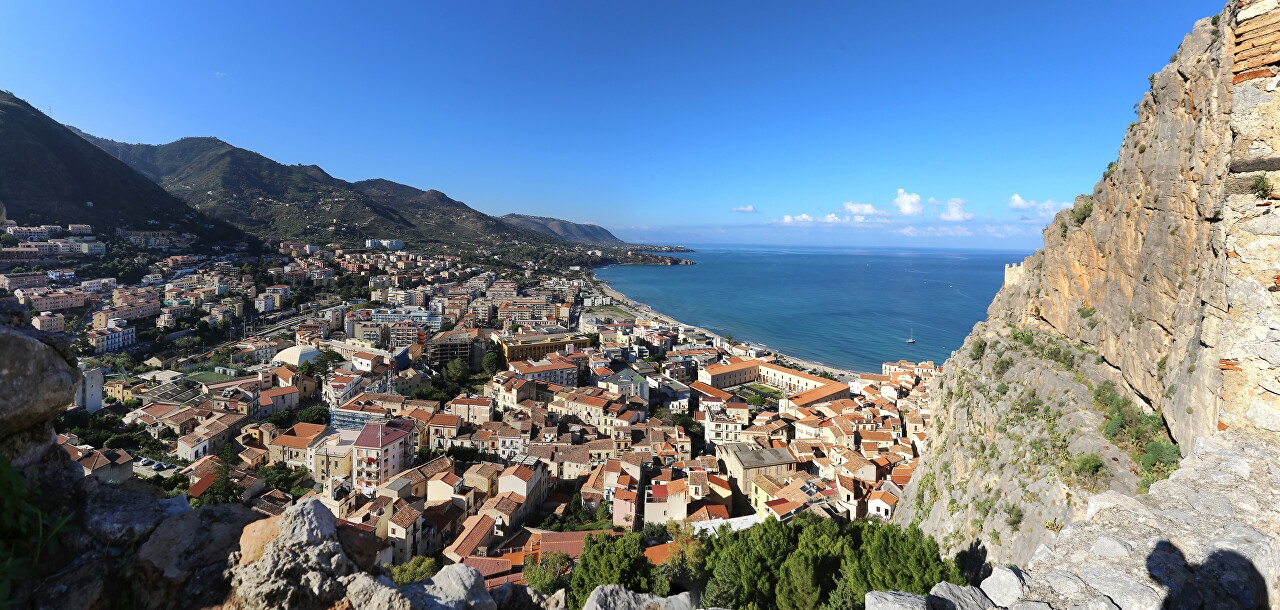
..
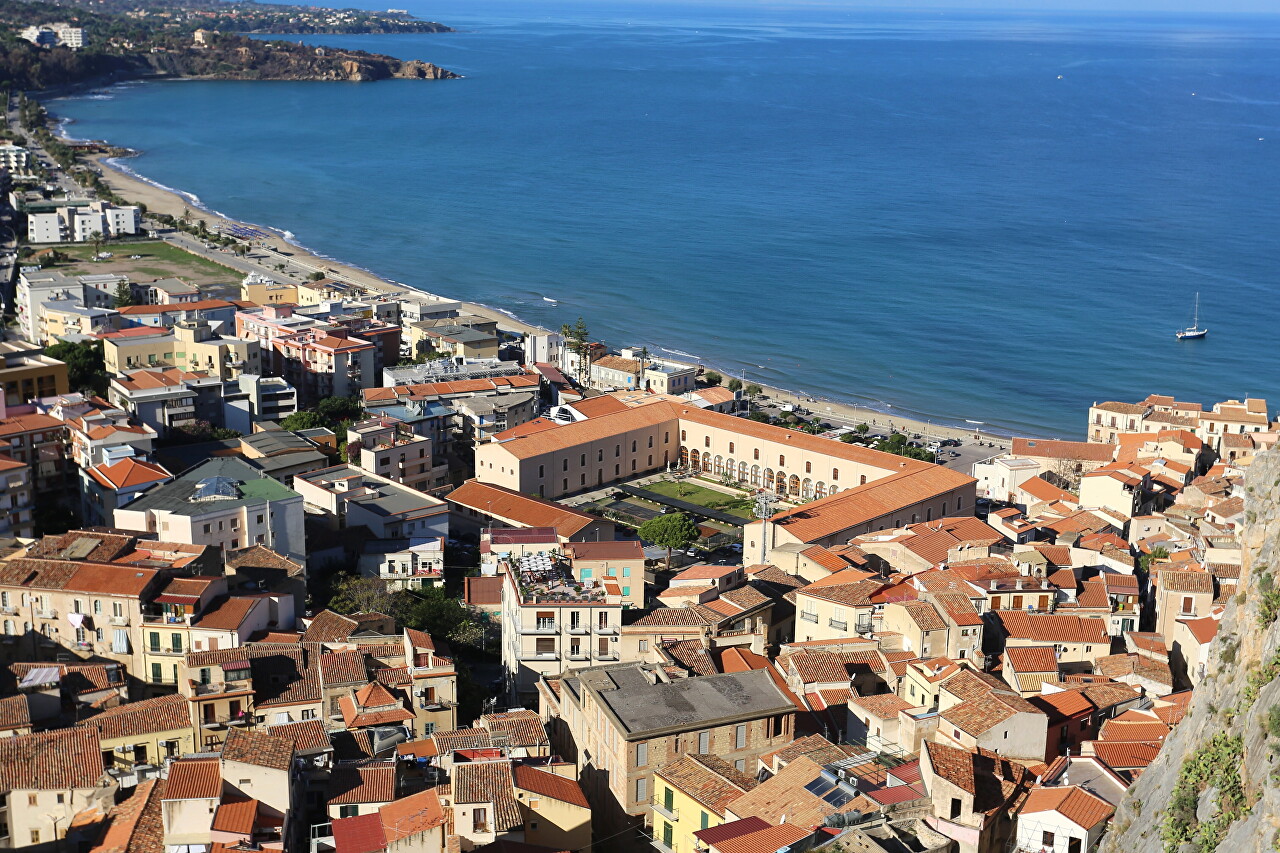
..
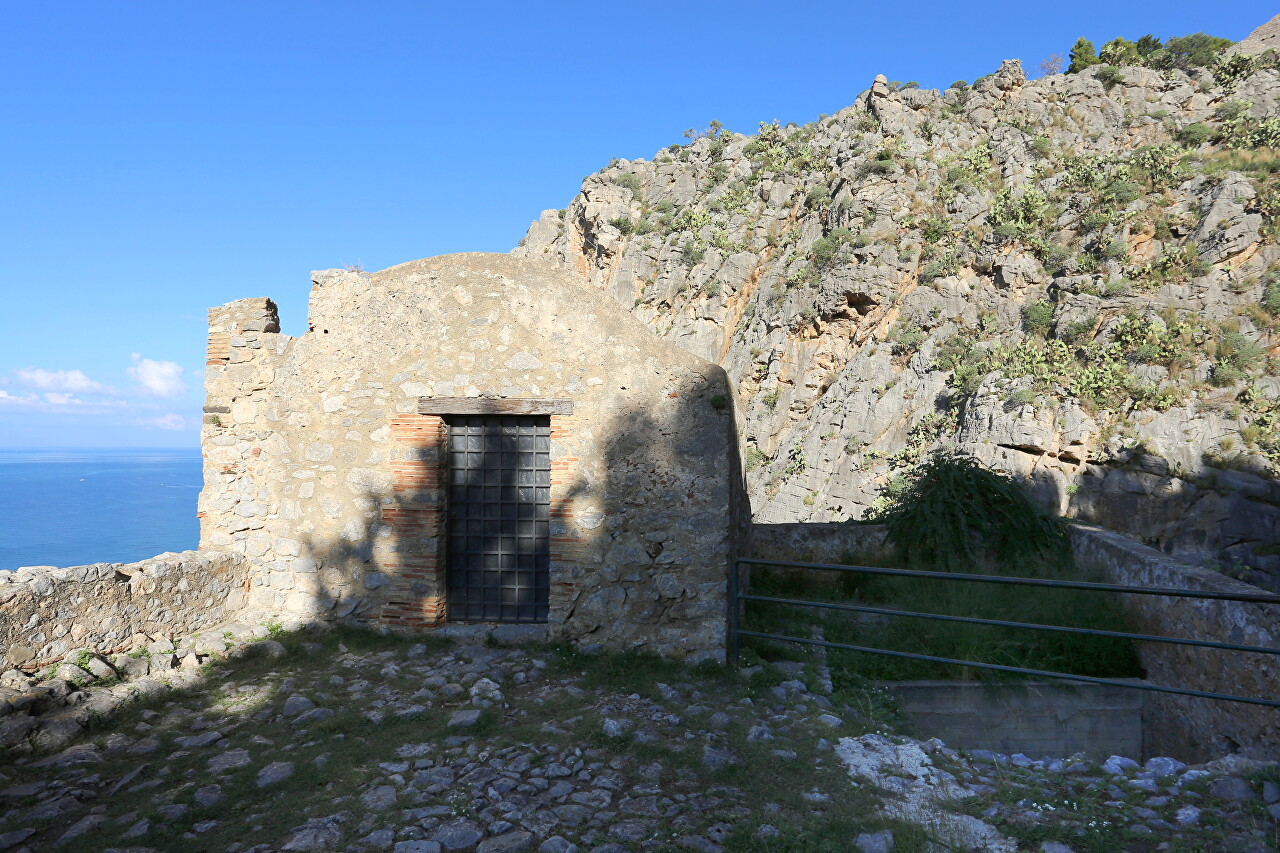
..
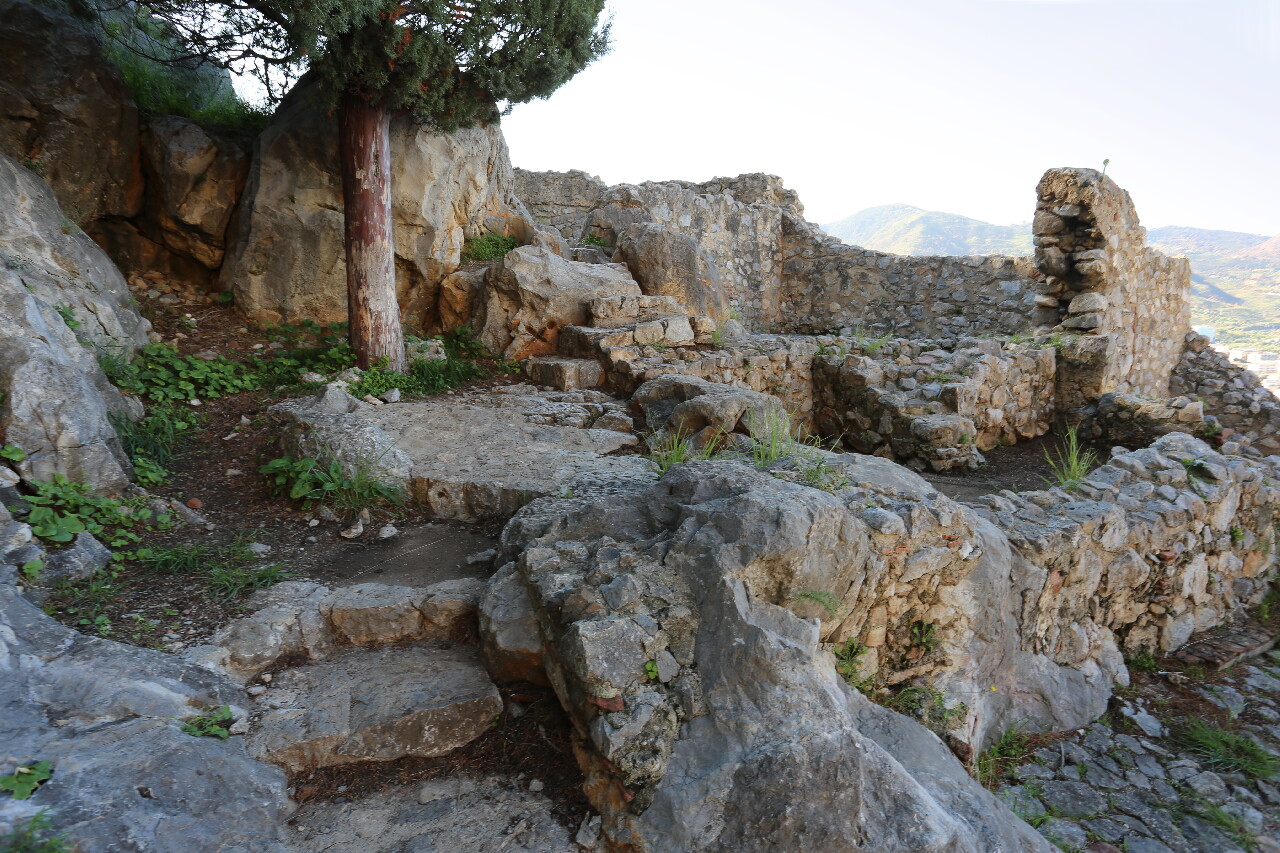
..
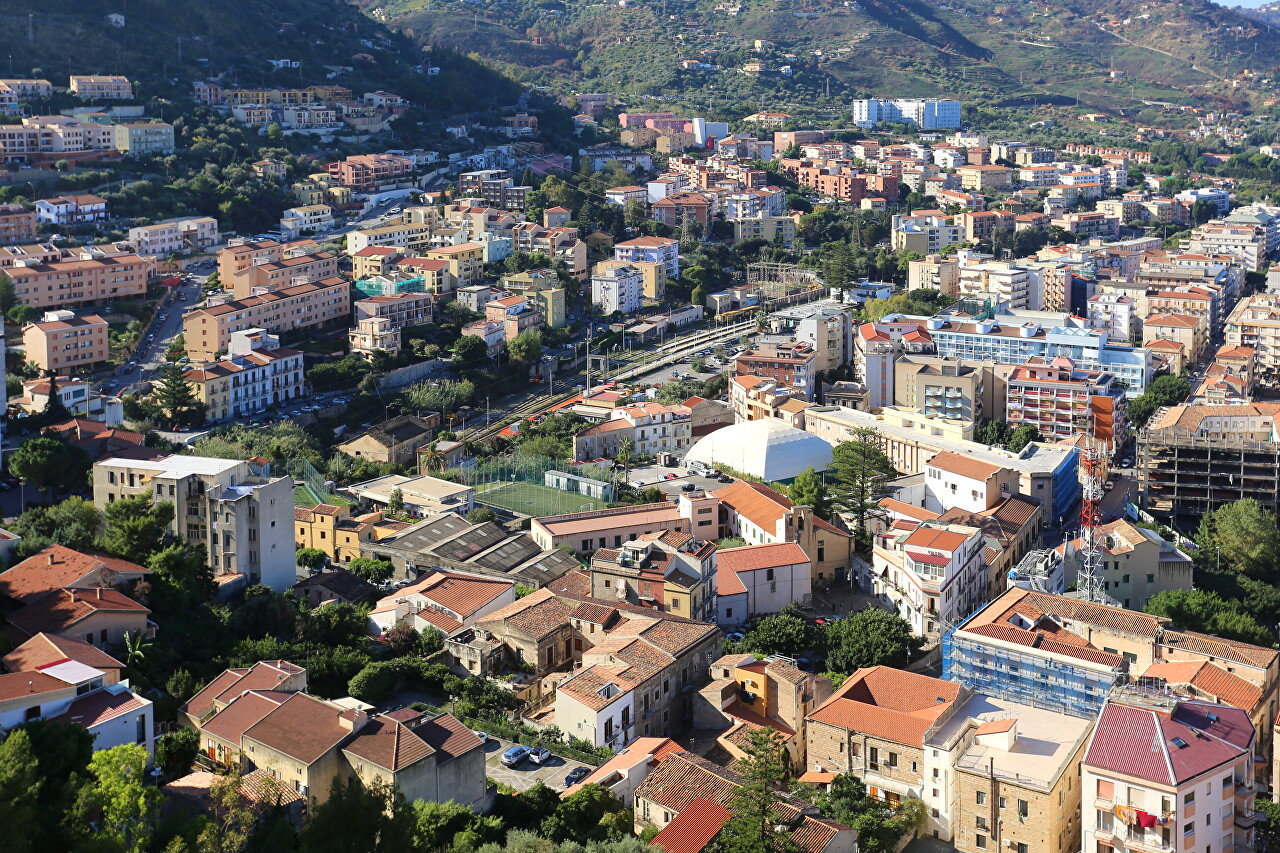
..
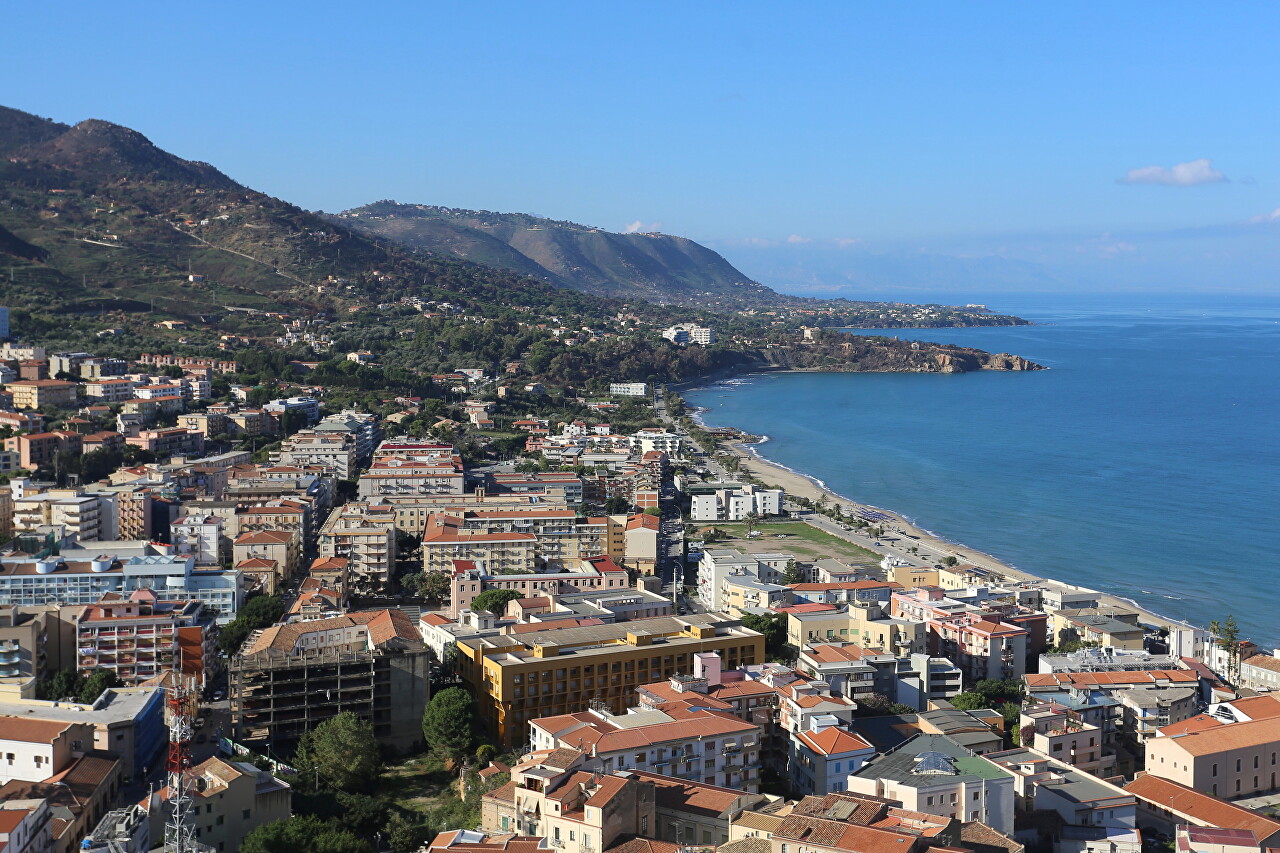
..
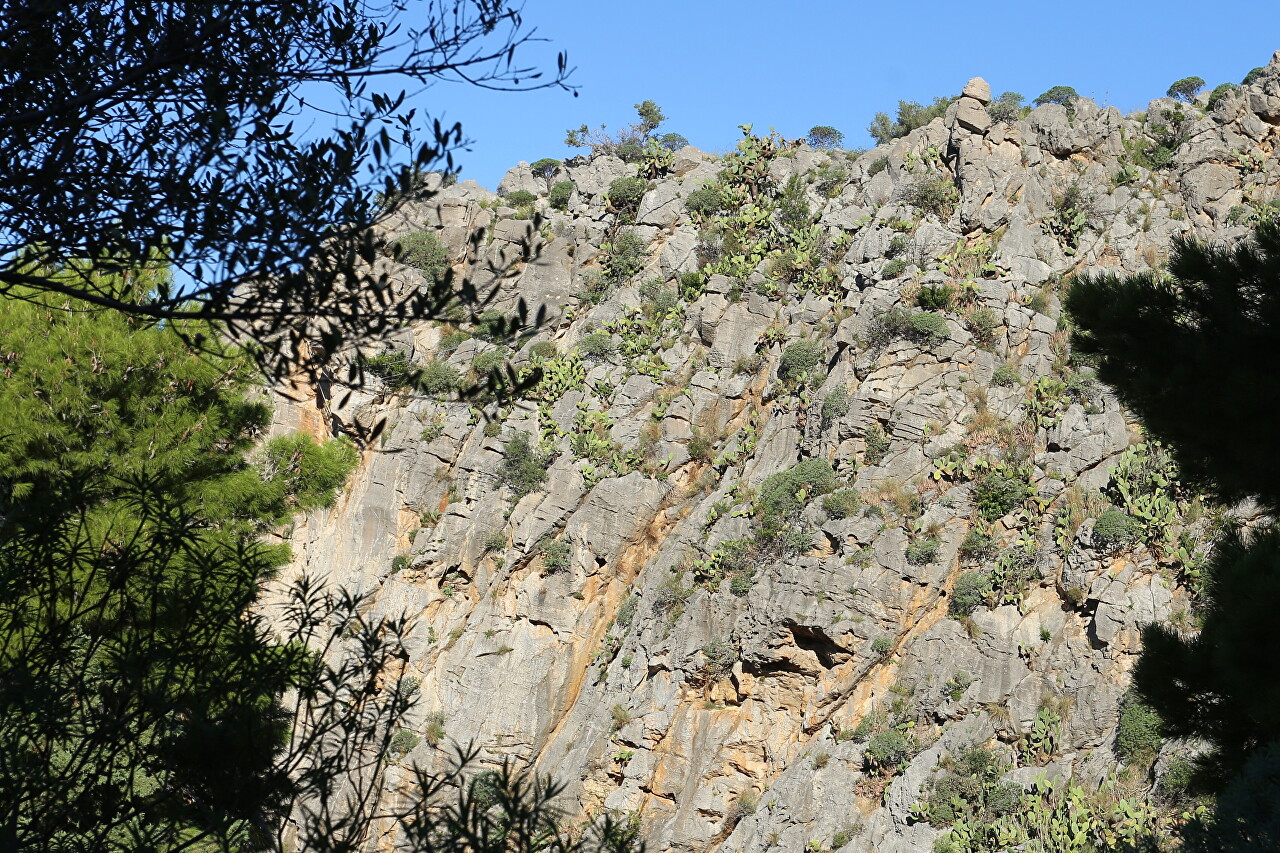
..
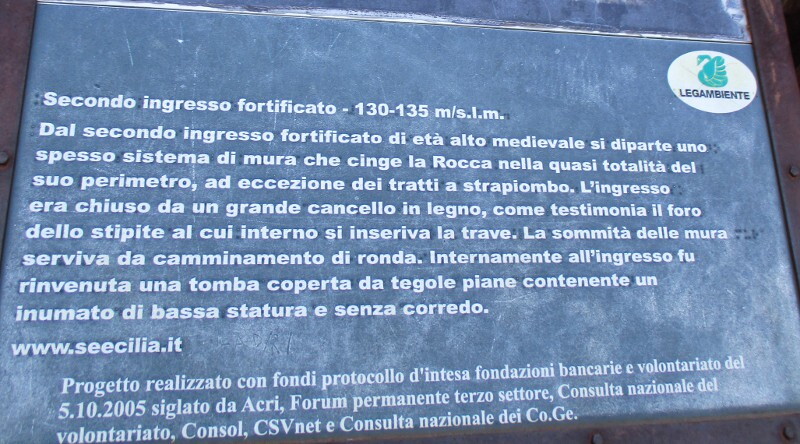
..
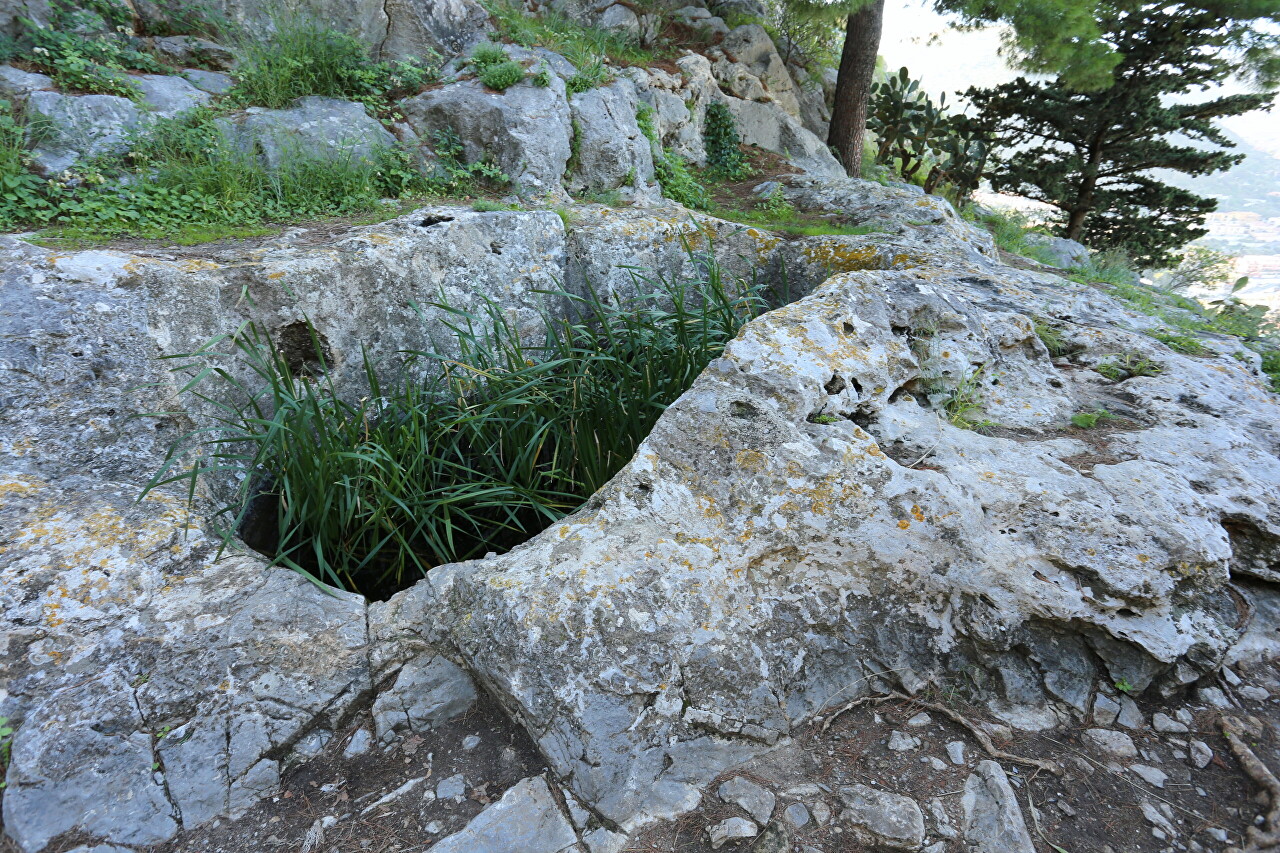
..
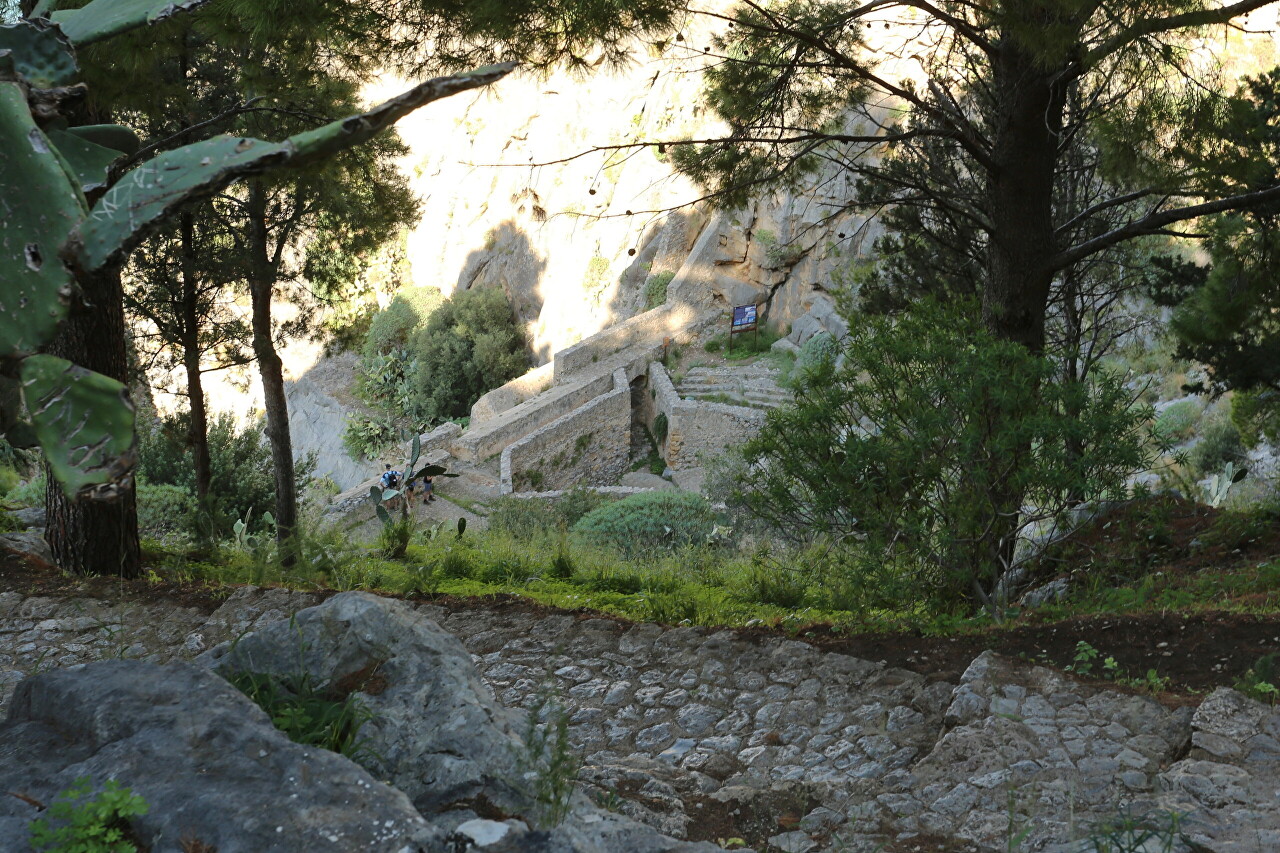
..
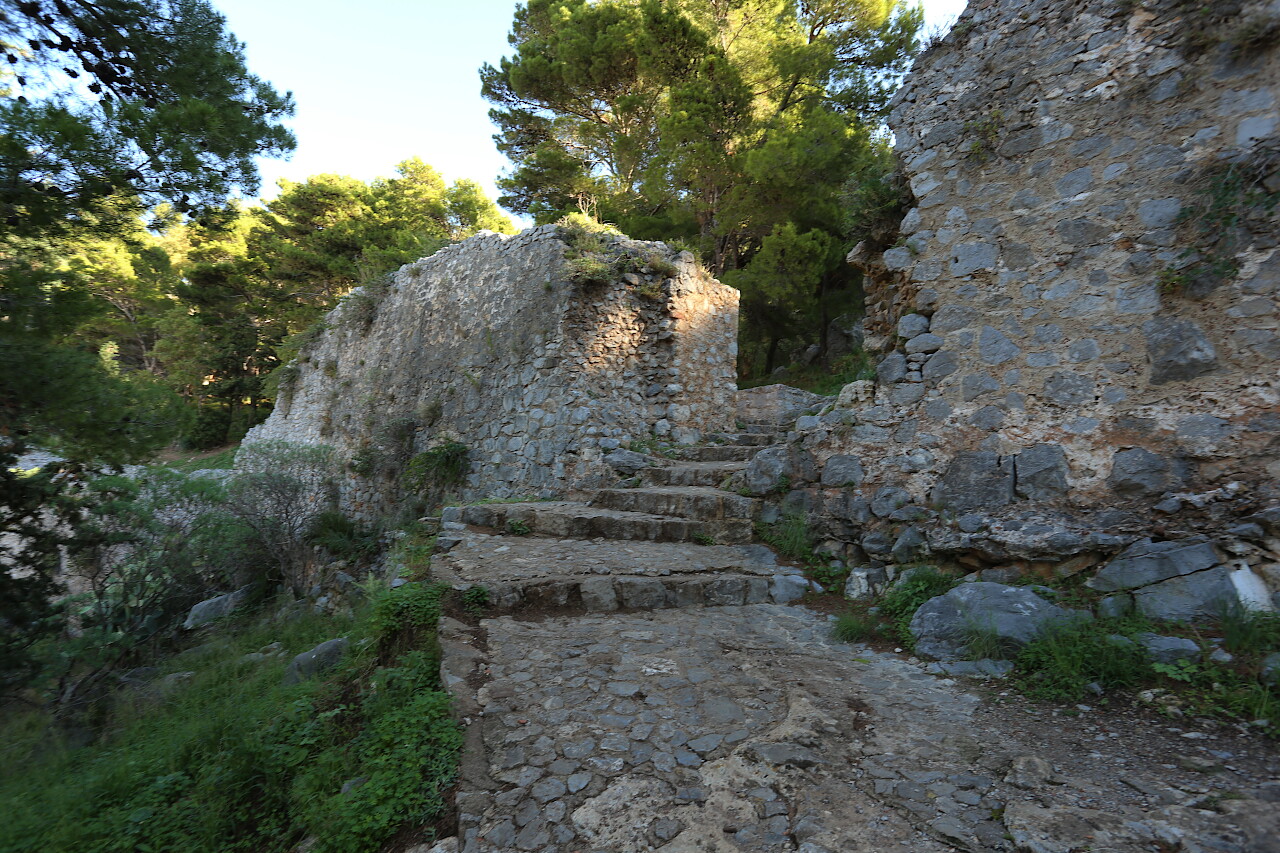
..
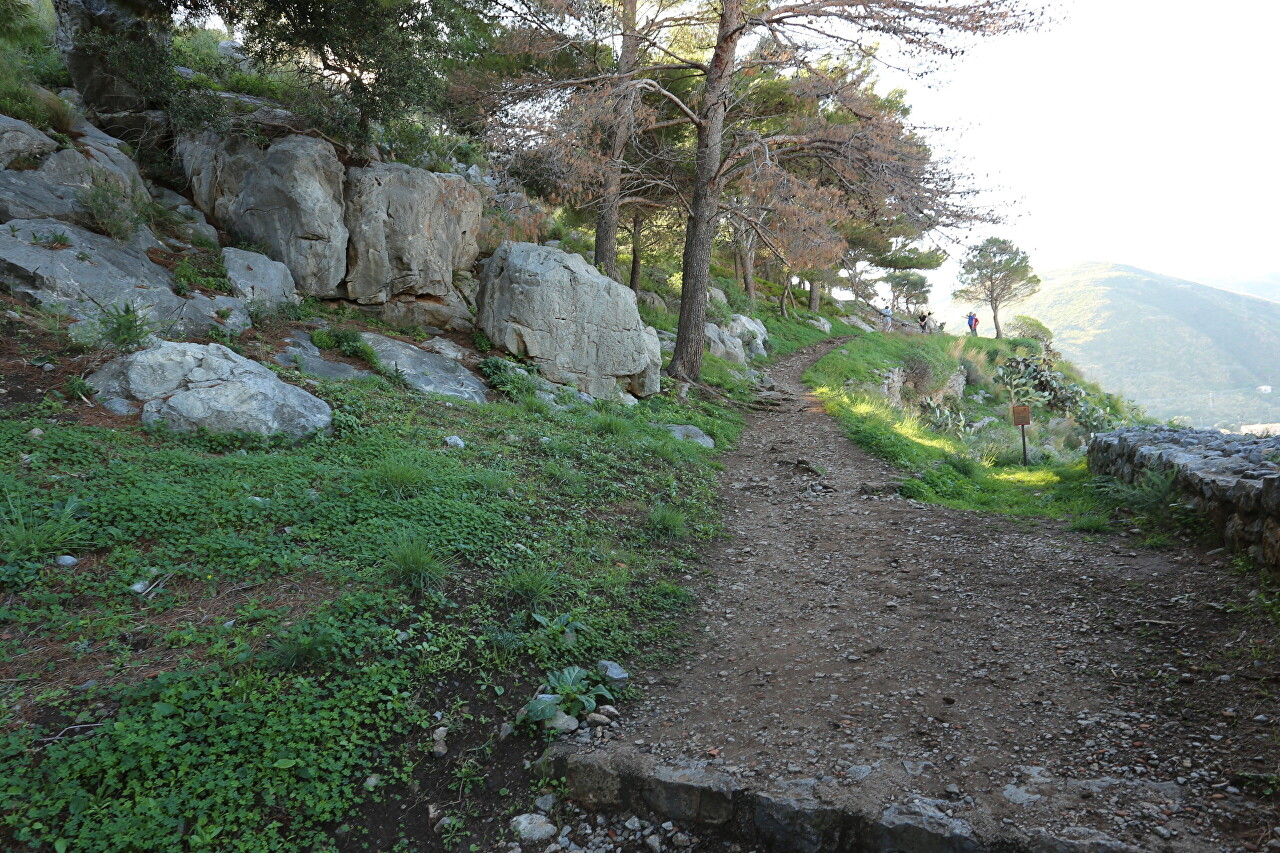
..
